Table of contents
After getting a new AC system installed in your Homewood home, comfort should follow quickly. But if the air still feels sticky and humid, something may not be working as it should. High humidity inside can make your home feel warmer than it is, make the air feel heavy, and even lead to recurring moisture problems. While a new AC helps cool the air, it also plays a role in reducing indoor humidity. If it is not sized or set up correctly, it might not be able to properly manage moisture levels inside.
Humidity issues after AC installation are more common than most homeowners expect. It is especially frustrating when you have just invested in a new system and expect it to solve your comfort problems. If the issue is not solved early, it can affect indoor air quality and create other expensive problems over time. A closer look at potential reasons for post-installation humidity concerns can help identify what needs to change to get things back on track.
Causes Of Humidity Issues Post-Installation
Several factors can lead to excess moisture in the air after a new AC system has been put in. It is not always the equipment itself. Often, it is the way the unit has been selected or installed that creates these performance gaps.
Here are some common reasons humidity problems show up right after an installation:
- Wrong-sized unit: A system that is too large for the area it cools will turn on and off more frequently than it should. These short cycles do not give the unit enough time to pull moisture from the air.
- Poor airflow or ductwork layout: If air cannot flow freely through your system, it can prevent proper dehumidification. Old ducts, leaks, or incorrect setup during installation can all disrupt airflow.
- No integrated dehumidifier: While AC systems reduce moisture as they cool air, they may not eliminate enough without an add-on dehumidifier. Homes with consistent humidity problems may benefit from separate humidity control.
- Thermostat placement or settings: If the thermostat is set low or placed near a draft or heat source, it can cause the AC to behave in ways that leave rooms cool but still damp.
For example, a Homewood family recently had a new AC installed in a 2,000-square-foot house. It cooled fast, but they noticed the floors felt sticky and their indoor allergies flared up. The technician later found they had a 5-ton unit installed when a 3-ton would have done the job. That oversized unit was not running long enough to remove moisture effectively.
Getting the right equipment and setup is key for comfort that feels as good as it sounds on paper. Otherwise, homeowners might notice symptoms of a deeper humidity issue not long after installation. Whether it is oversized equipment, poor airflow, or missing components, the right fix can make all the difference.
Impact Of High Humidity On Home Comfort
When indoor humidity levels are too high, you will notice more than just excess moisture in the air. Everyday comfort can be affected. If the air feels clammy even with the AC running, your home is likely struggling to reach the balance it needs.
One of the most common effects of poor humidity control is mold and mildew. Extra moisture creates the perfect conditions for these to develop, especially in places like bathrooms, kitchens, or closed-off rooms with poor airflow. Over time, this can lead to musty smells and visible stains on walls or ceilings.
Dust mites and allergens also tend to thrive in humid conditions. If people in the home have asthma or allergies, unchecked humidity can make those symptoms worse. You might also notice furniture or wood floors starting to warp, and that damp, sticky feeling when walking barefoot indoors.
Unpleasant odors are another sign. Moist air can cause smells from drains, trash areas, or even carpets to linger longer. If you find you are using candles, sprays, or dehumidifiers just to feel comfortable, the cause may be within your AC setup.
Solutions For Managing Humidity Post-AC Installation
Fixing humidity problems after an AC installation in Homewood usually starts with a professional review of the system. Sometimes, the solution is straightforward once the cause is identified.
Here are a few key steps that can help resolve the issue:
1. Properly size the AC system
If the unit is too large for the home, replacing it with a correctly sized one might be necessary. A properly sized system runs longer without quick shut-offs, giving it more time to dehumidify the air.
2. Upgrade or include a dehumidifier
A whole-home dehumidifier can pull moisture from the air at a higher rate than the AC system alone. This type of system works with your existing HVAC setup and allows for better humidity control without lowering the indoor temperature too much.
3. Improve airflow
Uneven cooling, weak air delivery, or rooms that always feel stuffy may signal a problem with ductwork. Sealing leaks, removing blockages, or updating ducts can allow air to flow better and increase drying power.
4. Adjust thermostat settings or placement
If the thermostat is installed in a poor location, like near a vent or window, it may trigger shutdowns too soon. Repositioning it or fine-tuning its settings can keep the system running at times when it is actually needed.
5. Schedule routine inspections
Maintaining the system means problems like clogged drains, bad sensors, or airflow restrictions can be caught early. Regular service checks keep things running smoothly and help prevent long-term moisture issues.
Benefits Of Proper Humidity Management
Once the humidity is managed the right way, the changes at home are often easy to notice. The air feels cleaner. Breathing becomes easier for people with sensitivities. Everyday tasks like sleeping, cooking, or relaxing become more pleasant.
Keeping moisture levels in check improves indoor air quality. When mold and allergens are not cycling through your ductwork, airborne irritants go down. This also helps reduce wear on furniture, walls, and flooring materials that otherwise absorb that trapped moisture.
Comfort goes up as humidity goes down. A home can feel several degrees cooler just by lowering the humidity, which means you may not have to run the AC as hard or as often.
There is also the added benefit of extending the life of your equipment. When the AC is not overworked trying to dehumidify beyond its design, it lasts longer and needs fewer repairs.
Ensuring Optimal HVAC Performance In Homewood
Homeowners in Homewood facing humidity concerns after an AC installation should act quickly. Moisture problems do not usually solve themselves. What may start as sticky air can grow into structural or health-related issues if ignored too long.
The most effective way to prevent those problems from growing is to stay ahead of them. Regular service visits play a big role in keeping every part of the HVAC system tuned for the home’s needs. It is more than just keeping things clean. It is about making sure the system is adjusted to remove the right amount of humidity every time it runs.
Whether it is fine-tuning thermostat settings, sealing gaps in ductwork, replacing a wrong-sized unit, or installing a dedicated dehumidifier, our professionals can identify the exact problem and apply the right solution. That brings real peace of mind. With the right setup, your AC system can do more than just cool your home. It can help control the moisture that makes summer weather feel worse than it should.
If lingering humidity is disrupting your comfort even after a new AC installation, Air Experts understands how important proper setup and long-term moisture control can be. Learn how our professional team addresses these challenges through reliable AC installation in Homewood to help restore balance and comfort in your home. For a quick estimate or to book a service visit, please contact us today.
.svg)
.svg)
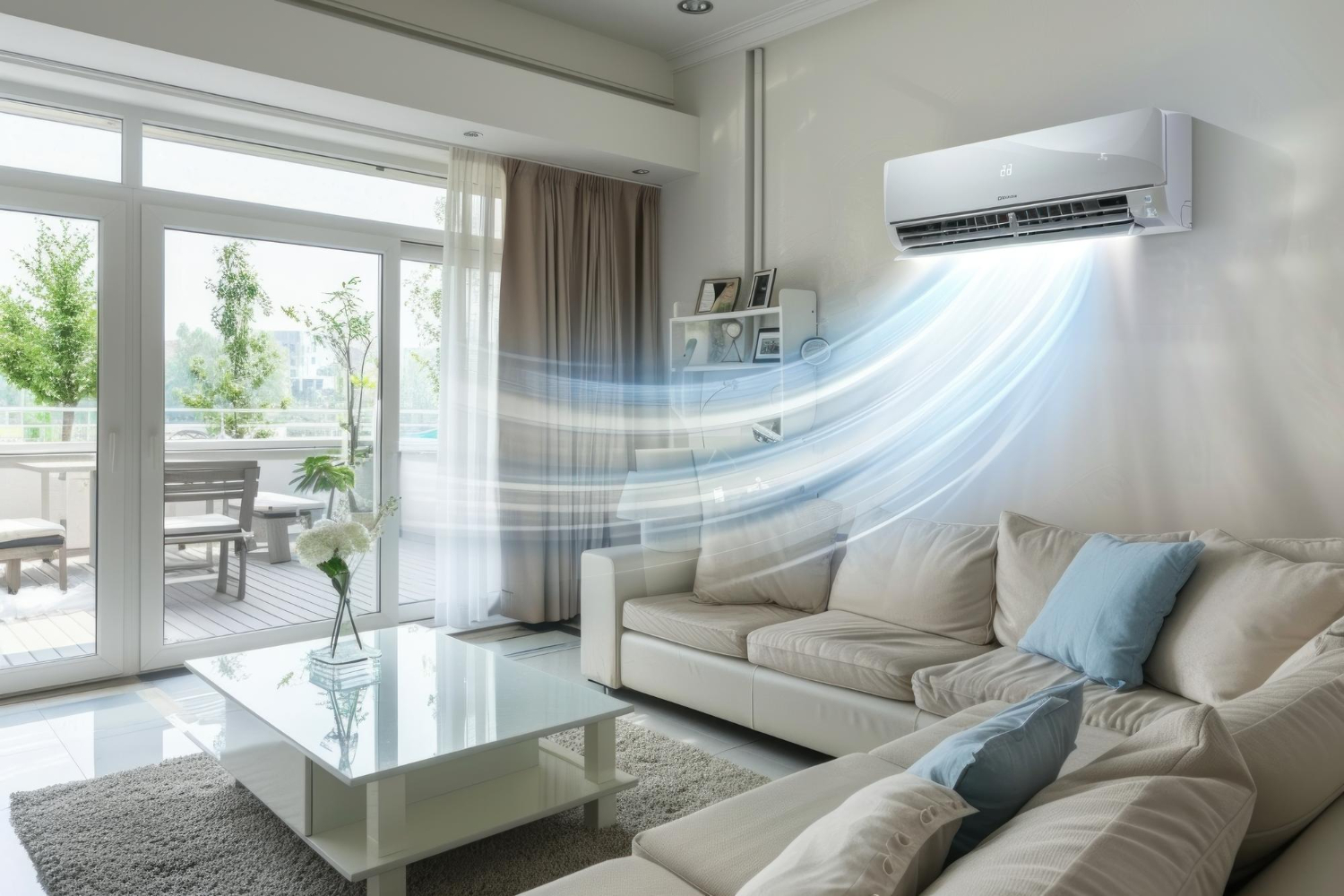
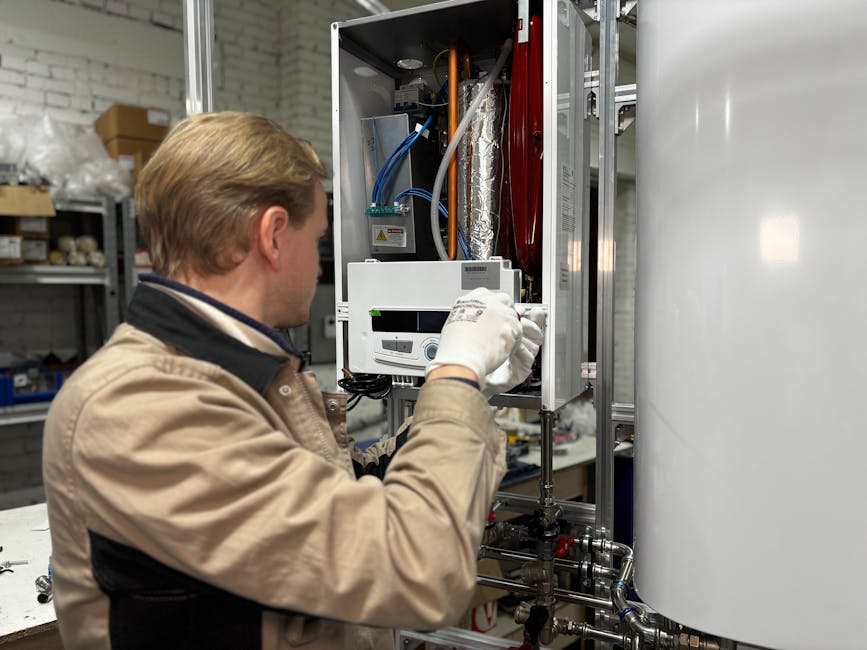


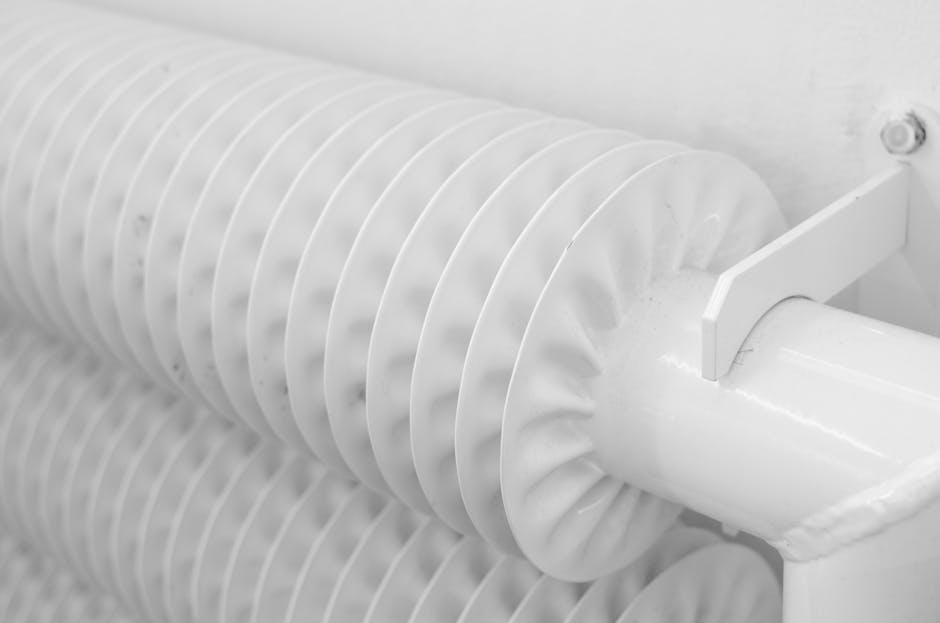
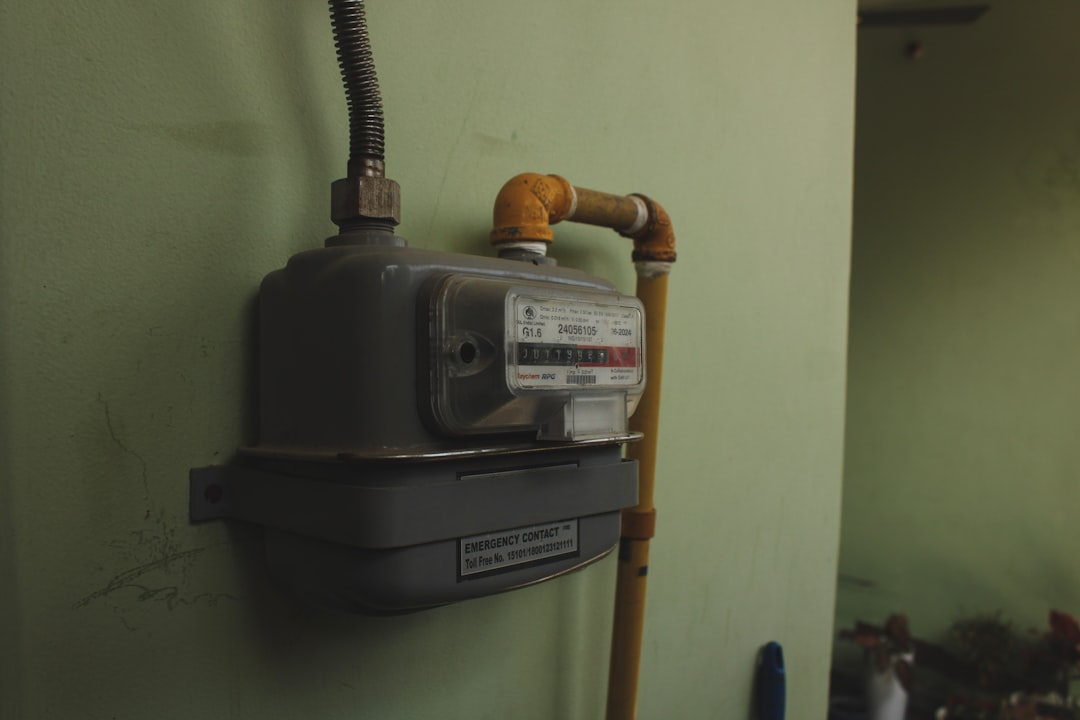

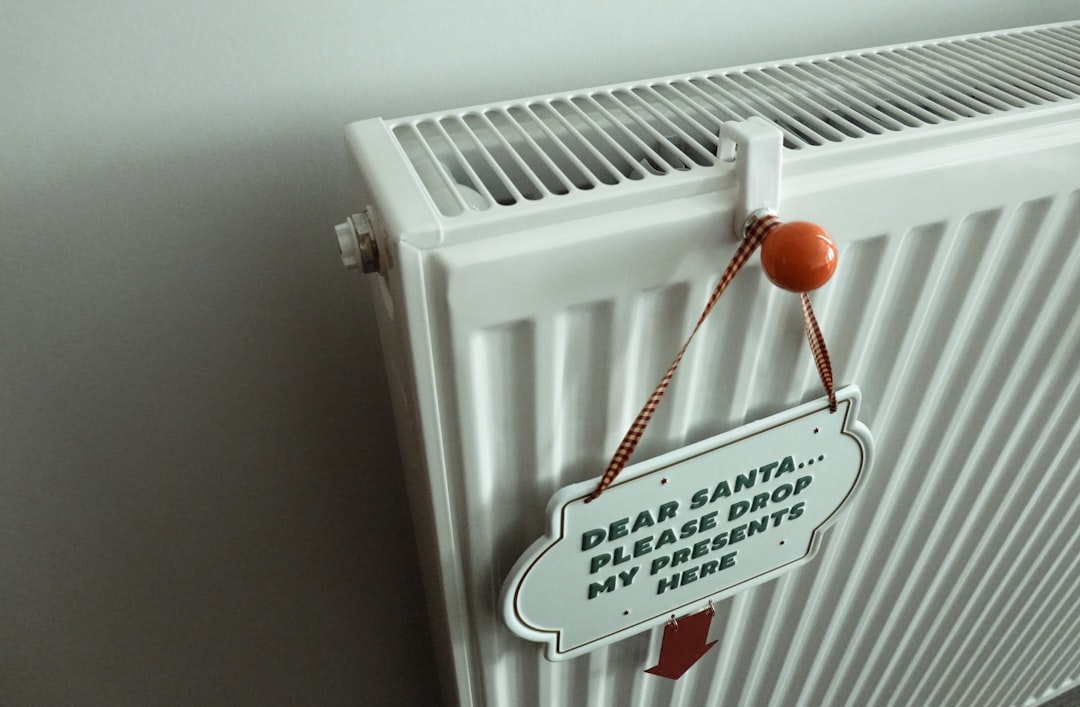
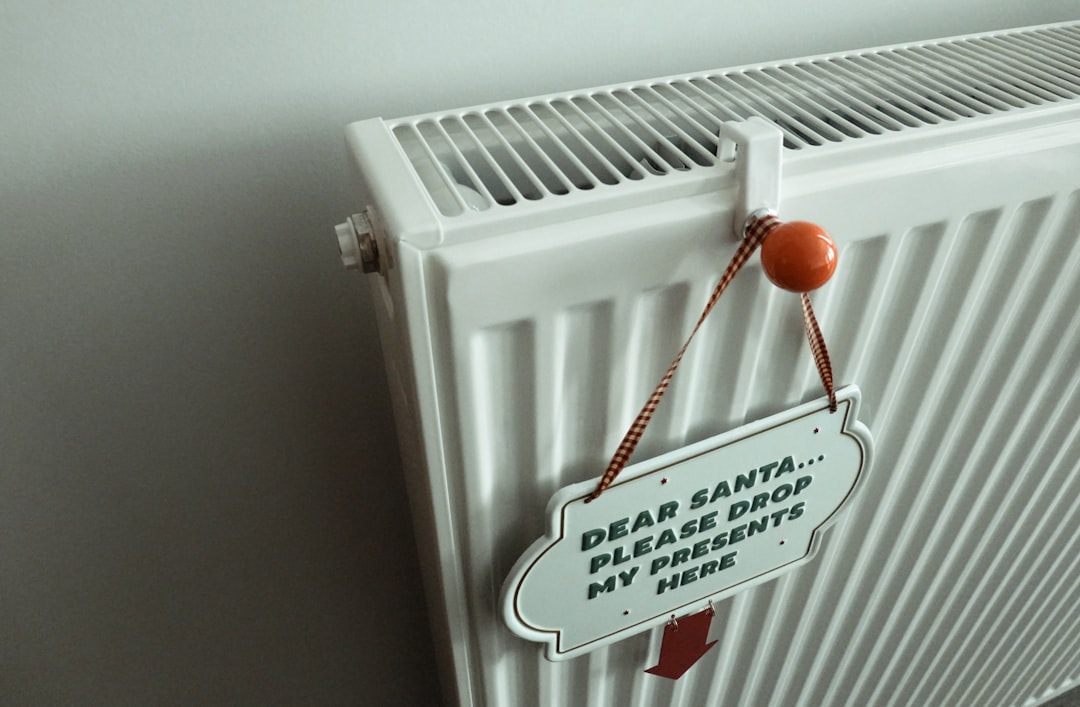
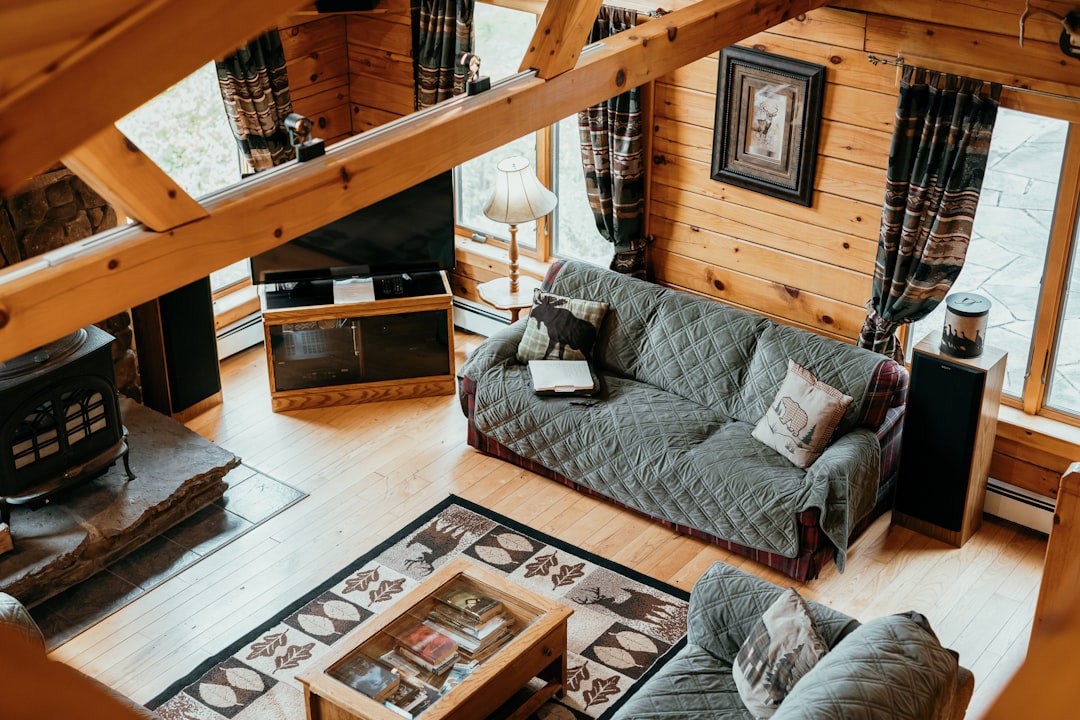


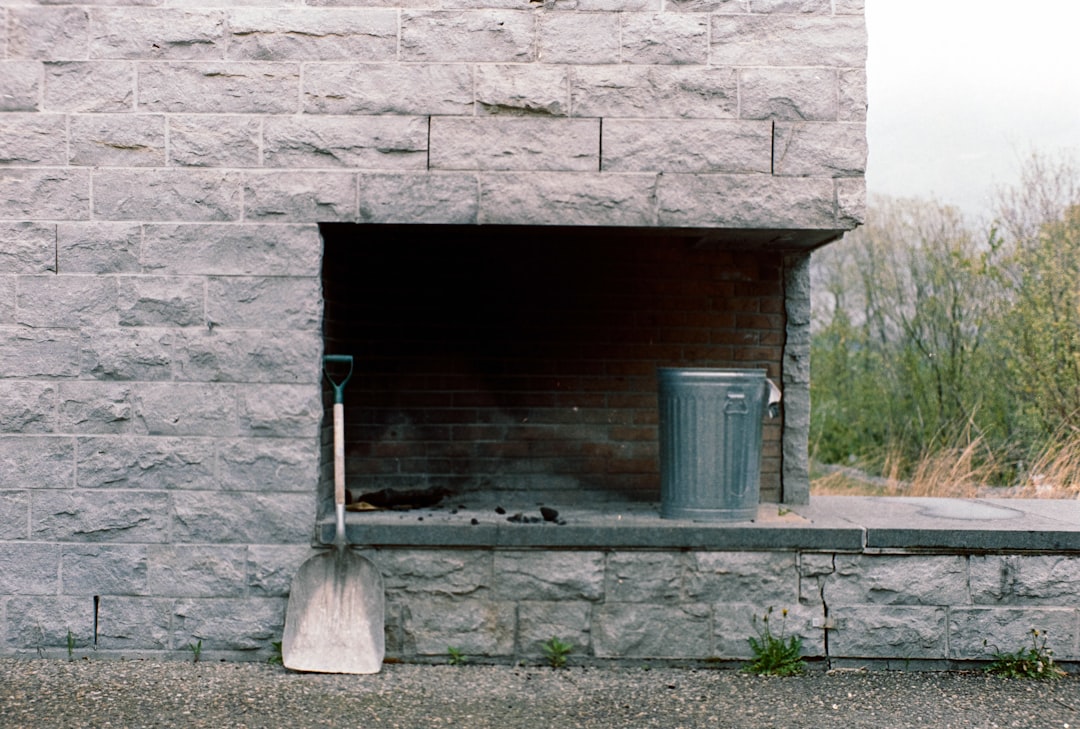



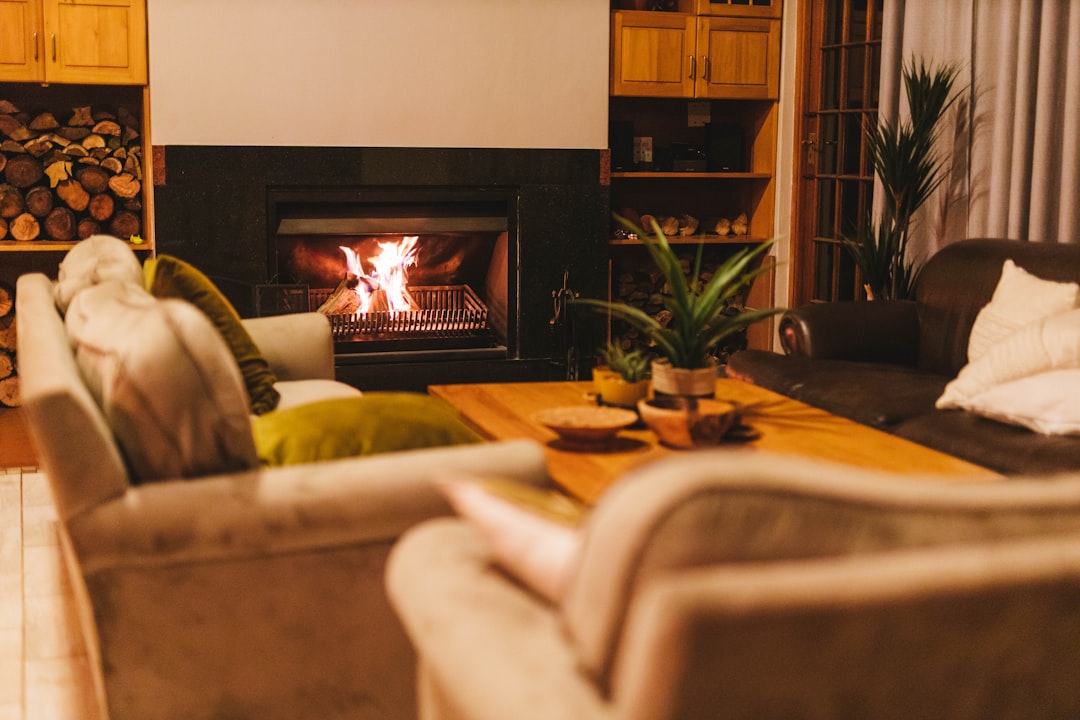



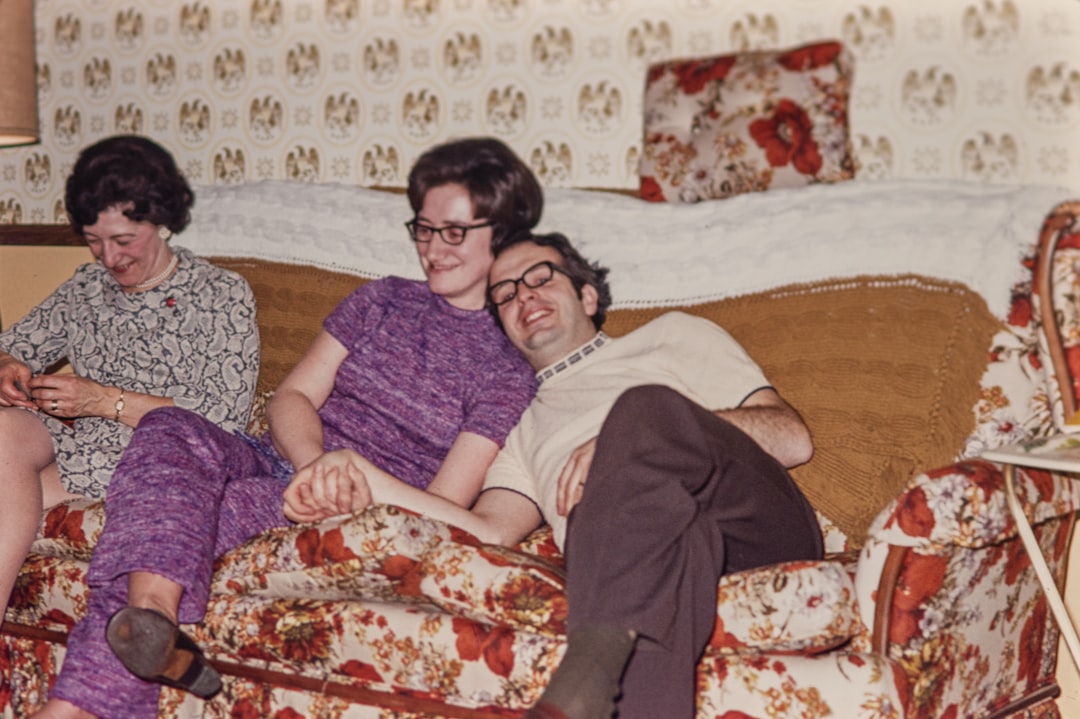

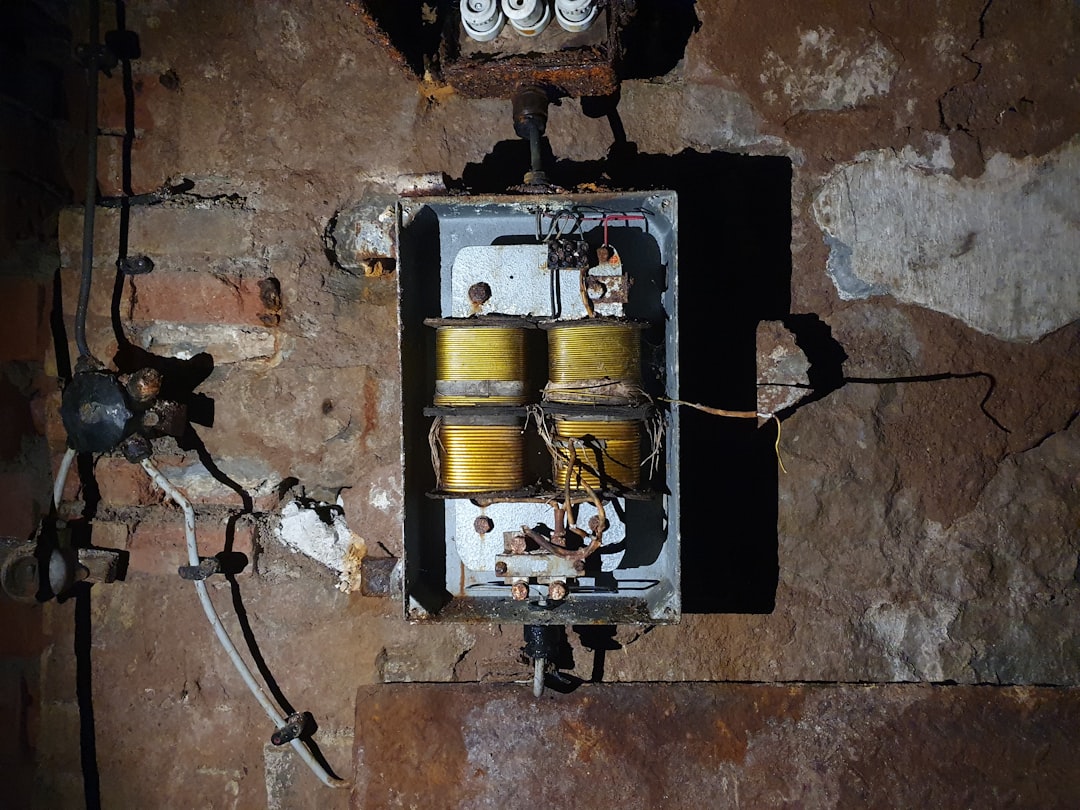
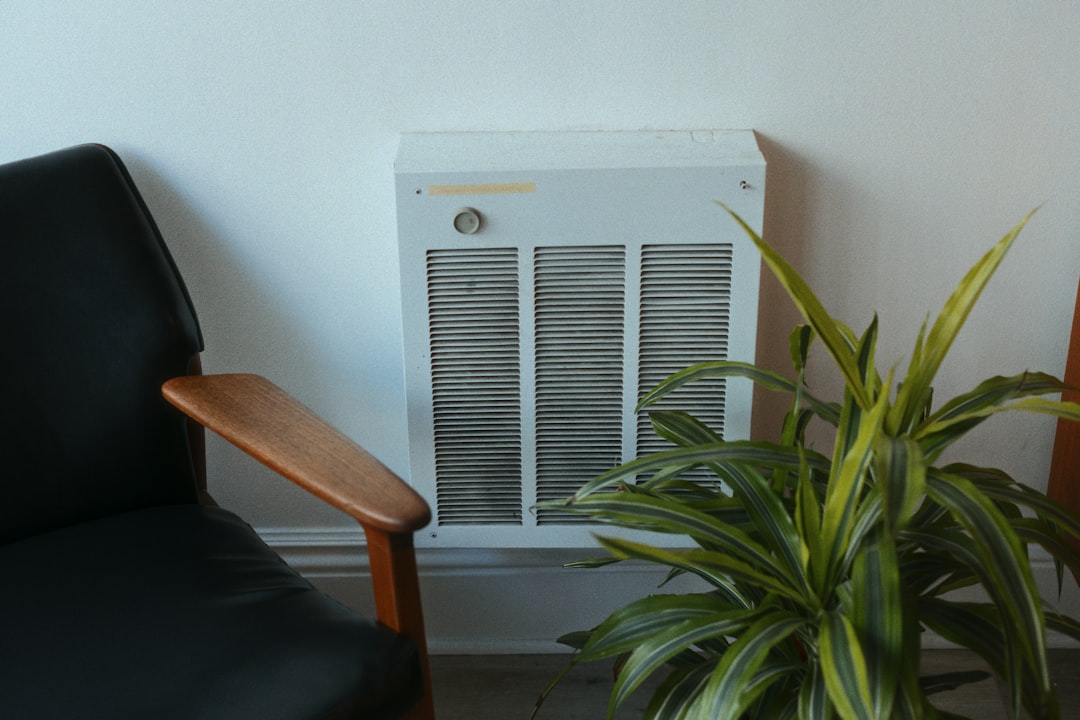
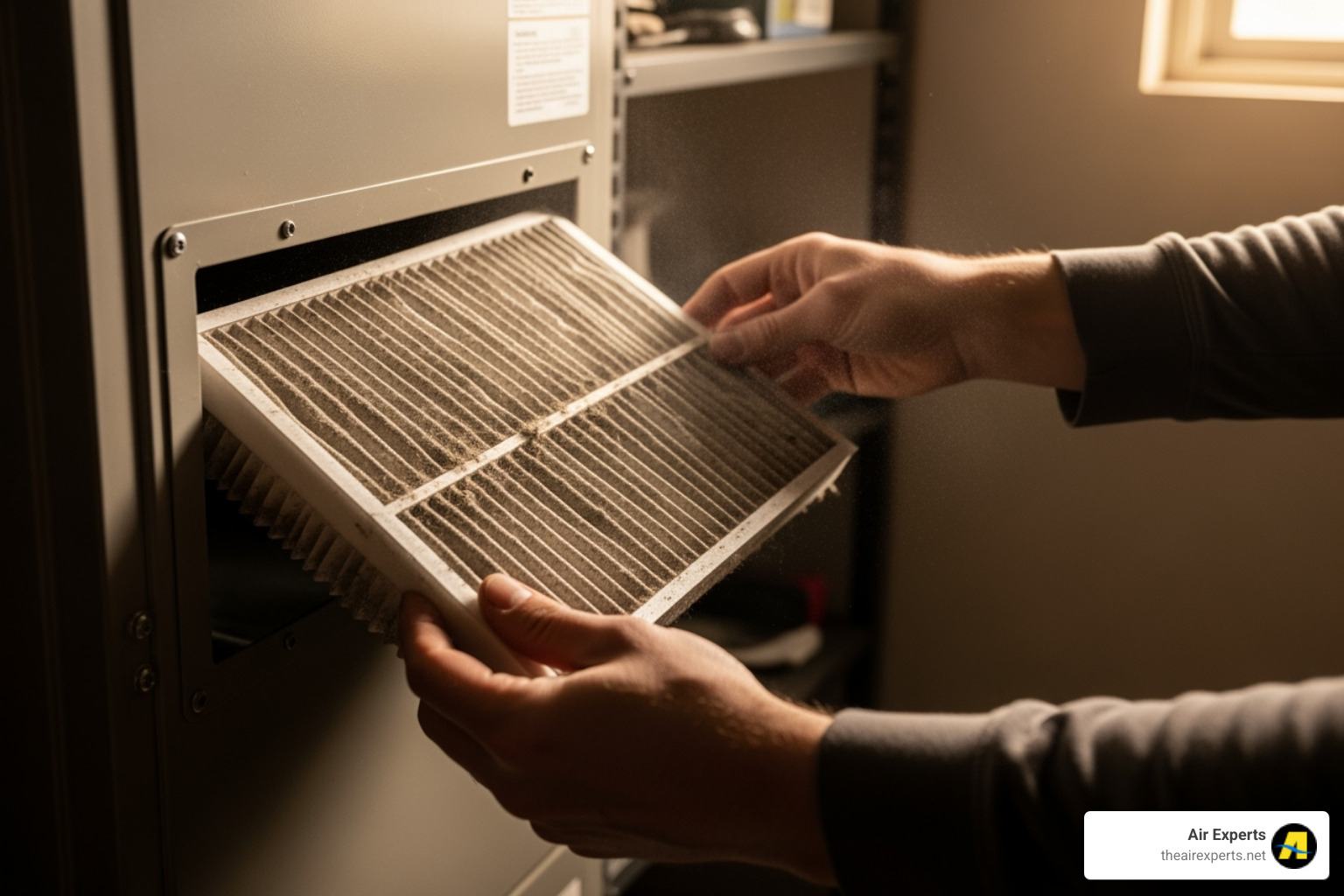
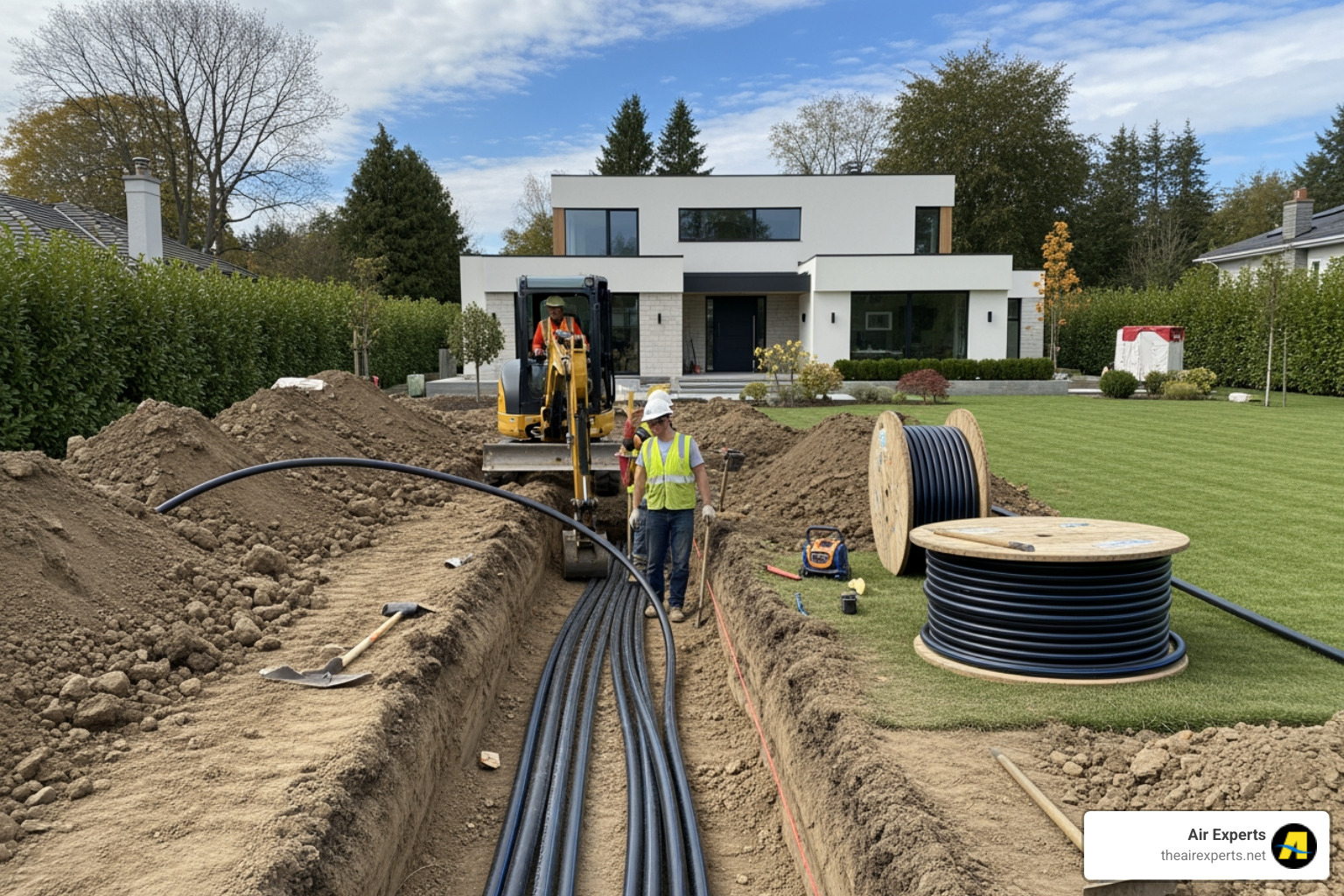

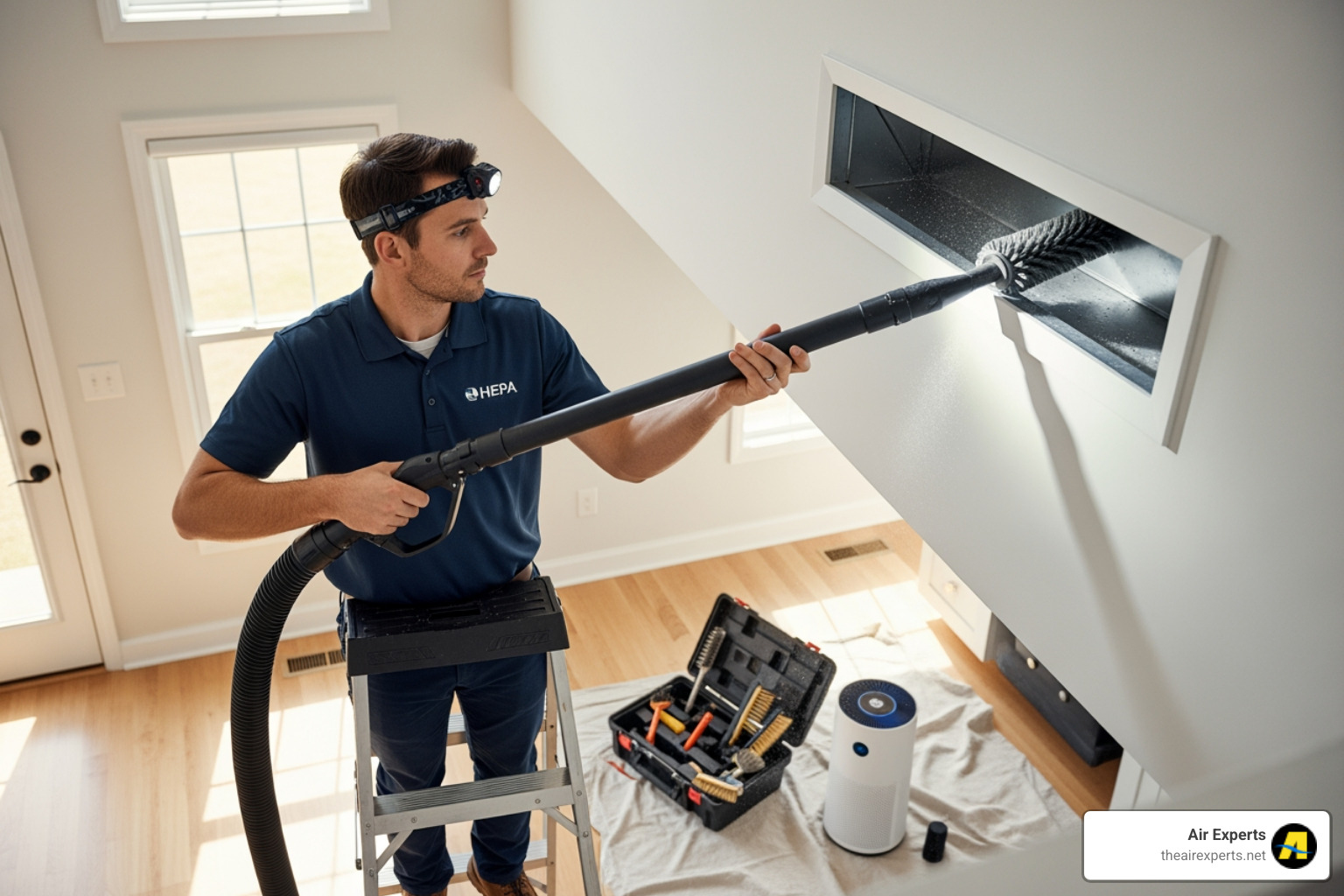
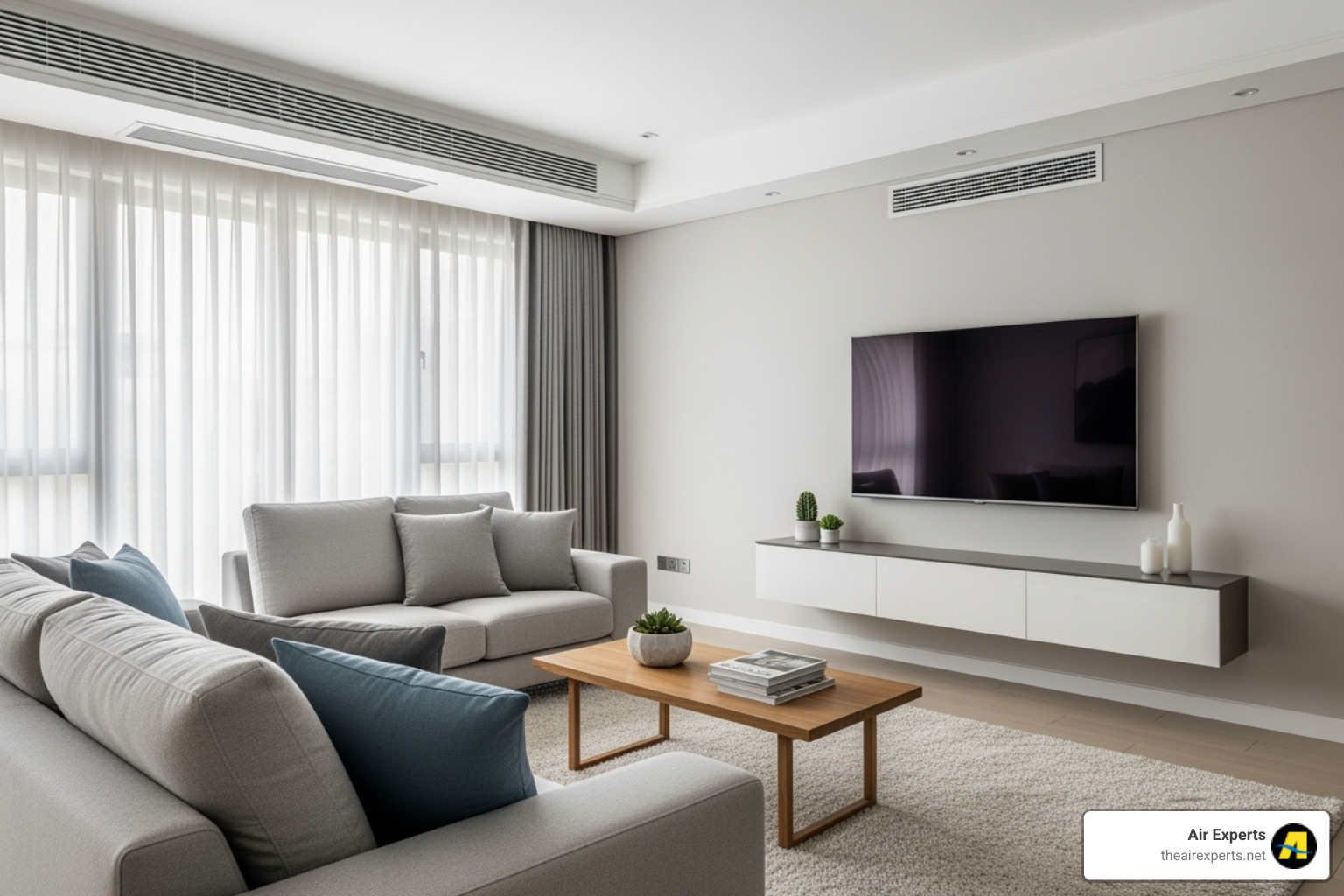

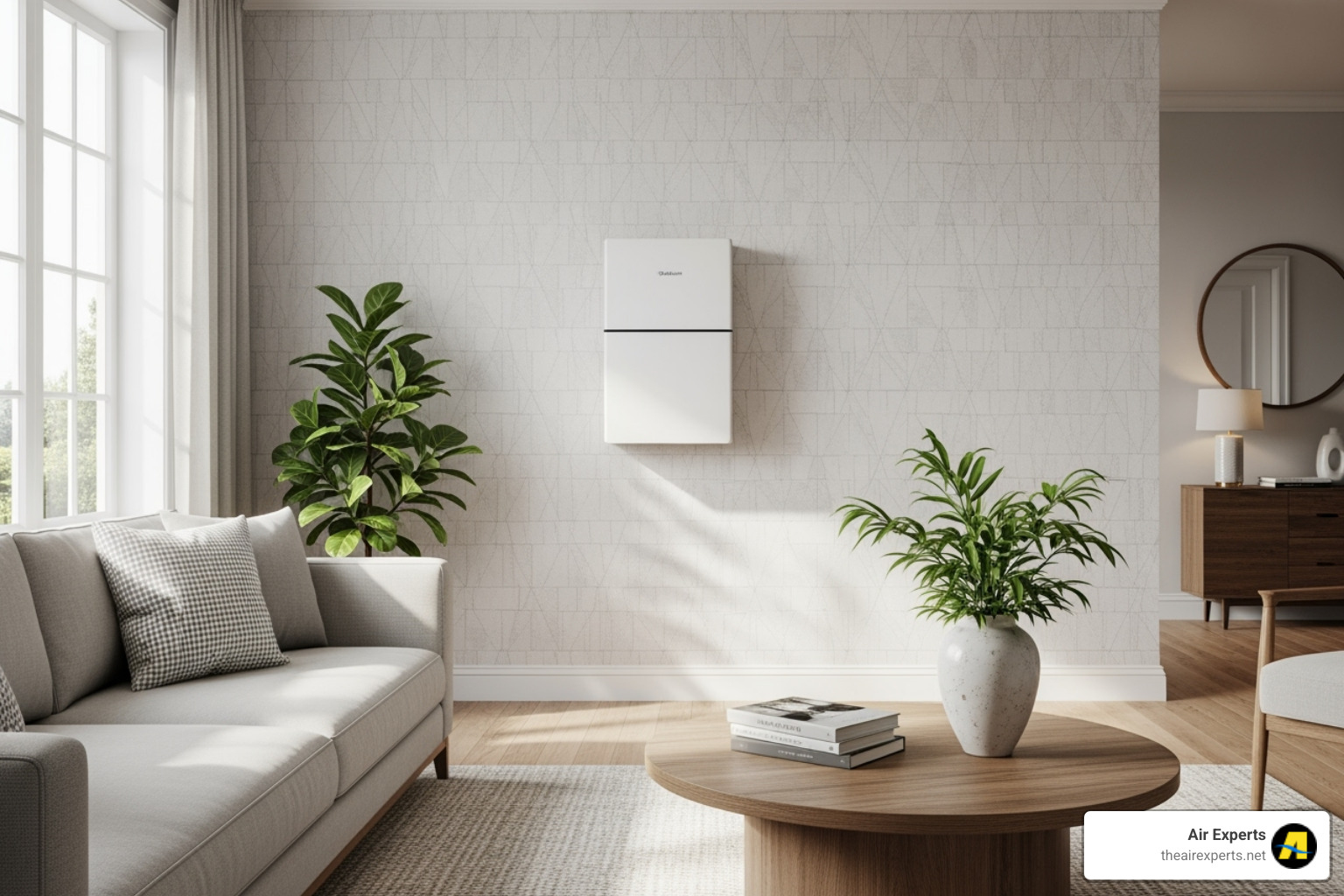

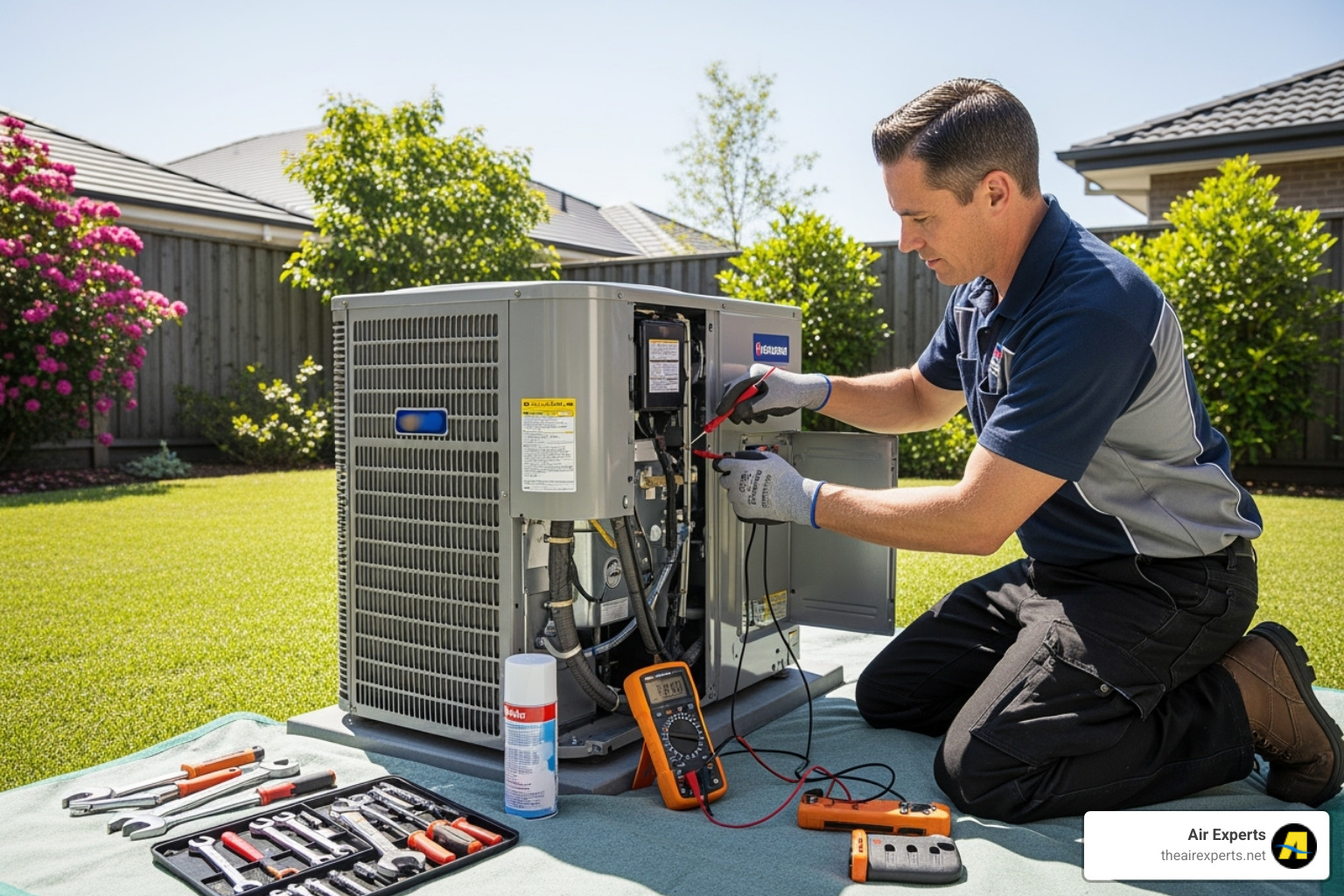
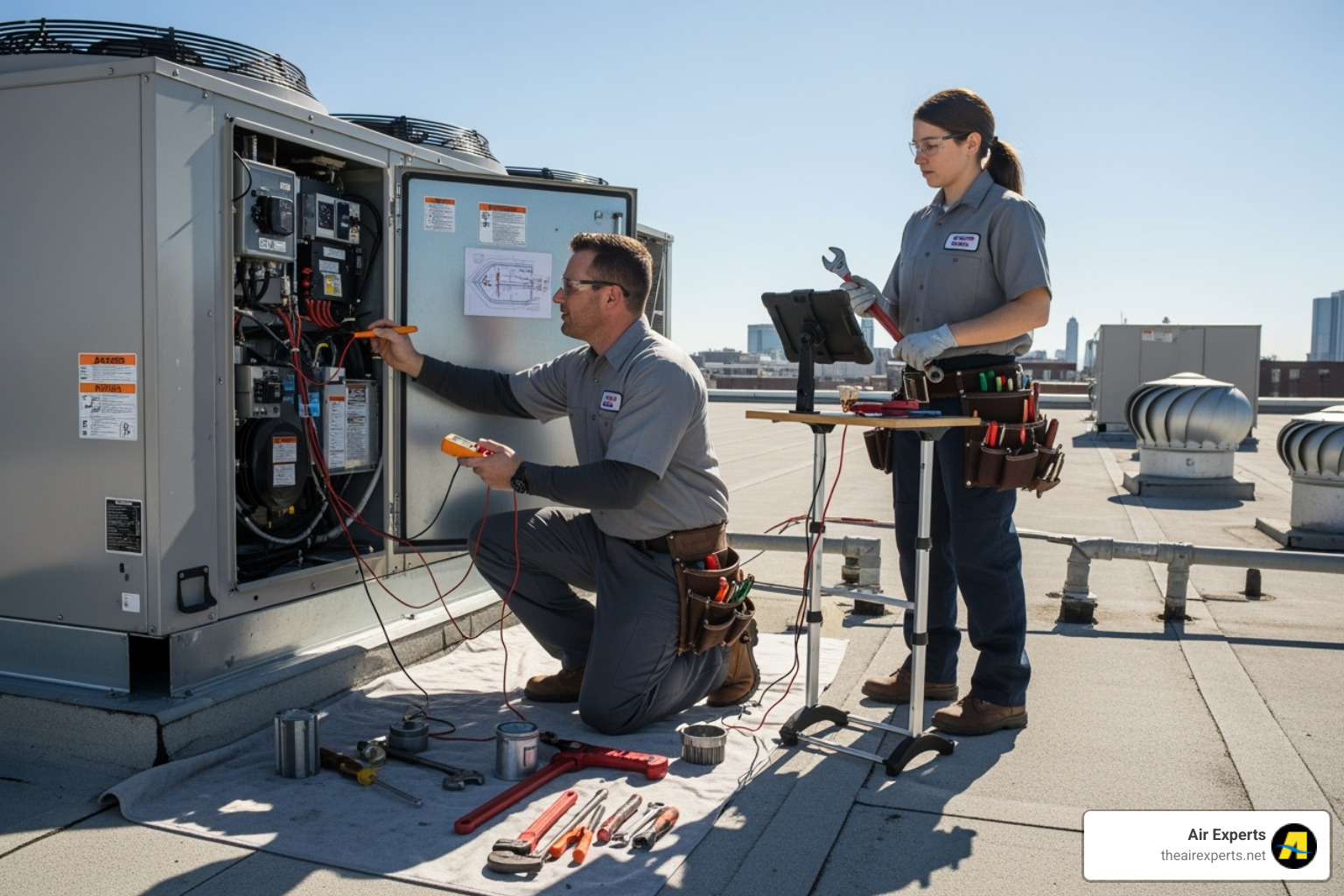
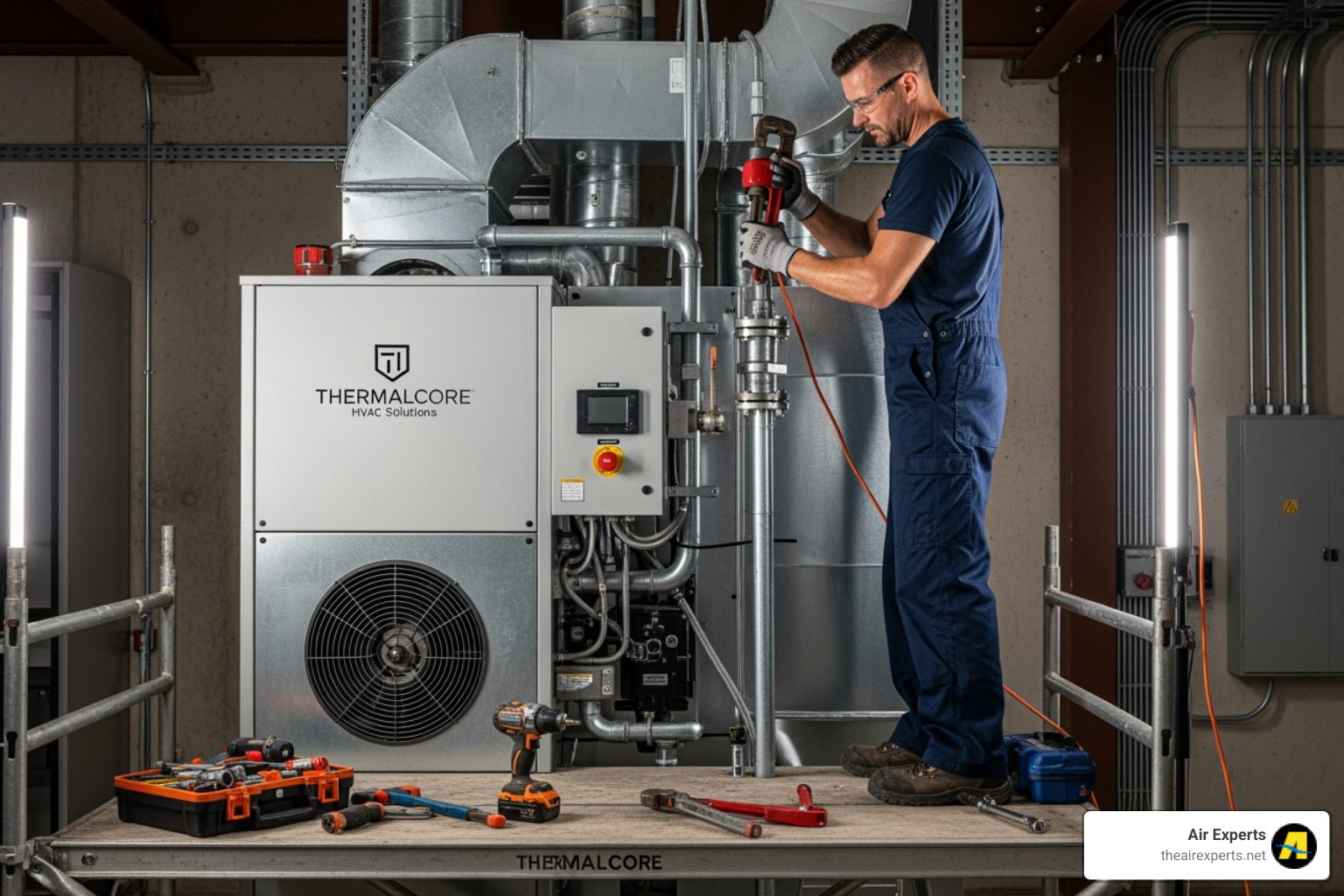
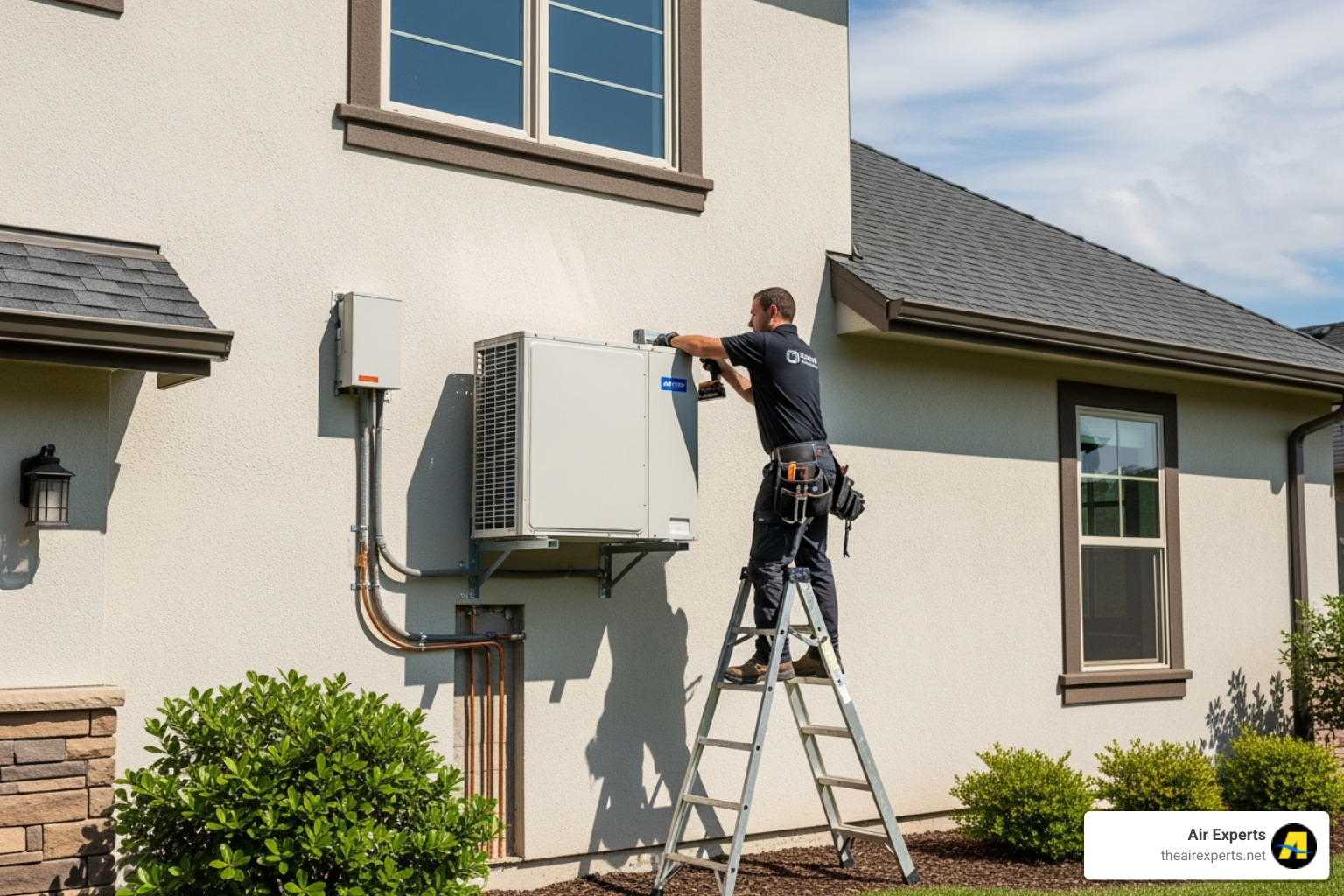


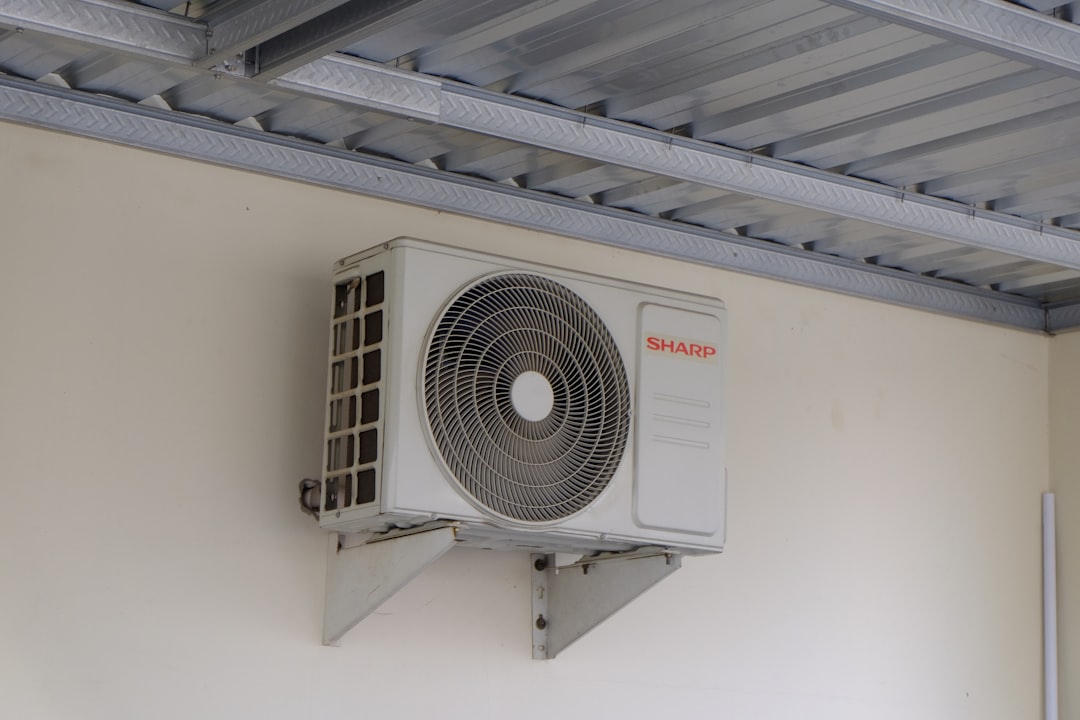
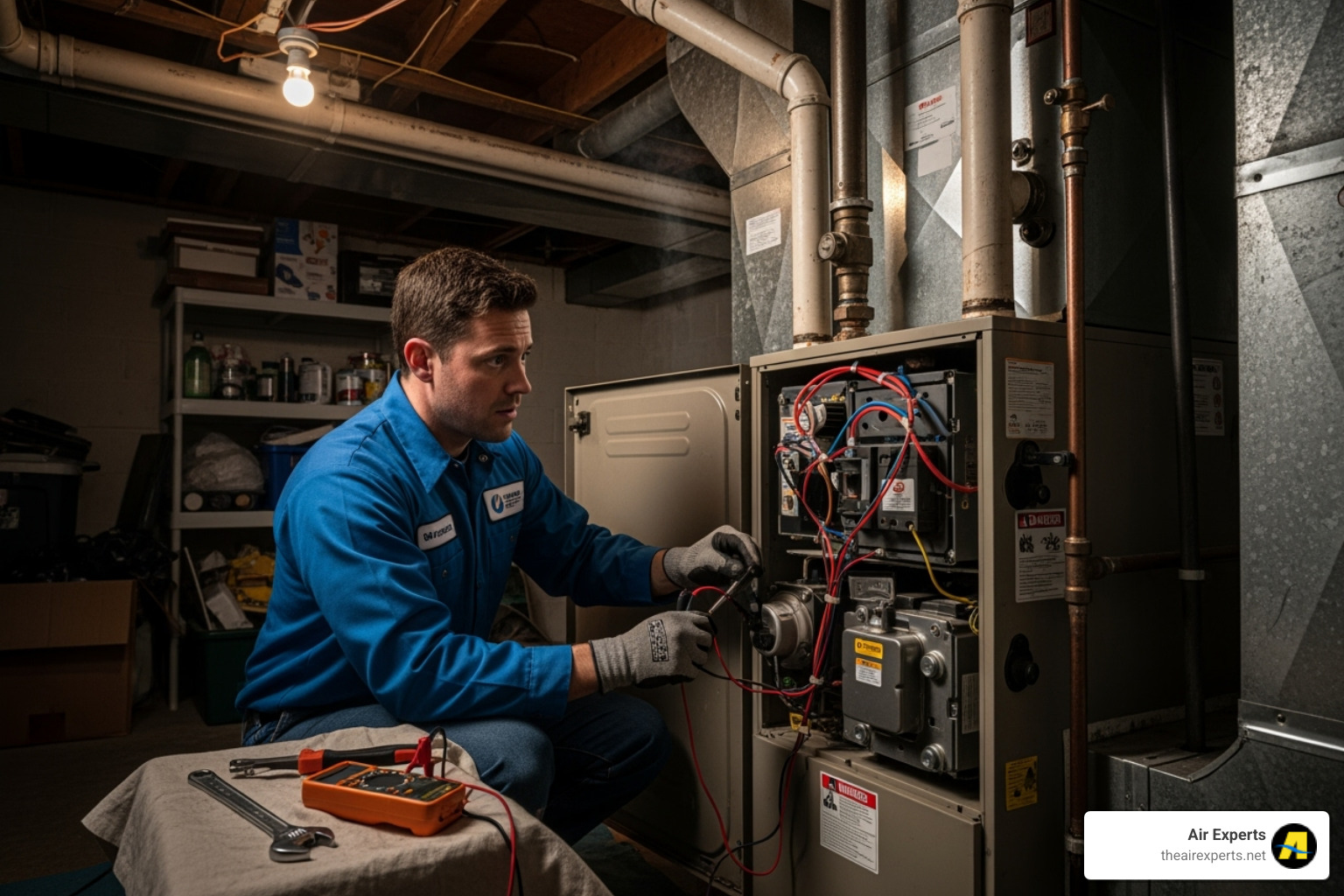

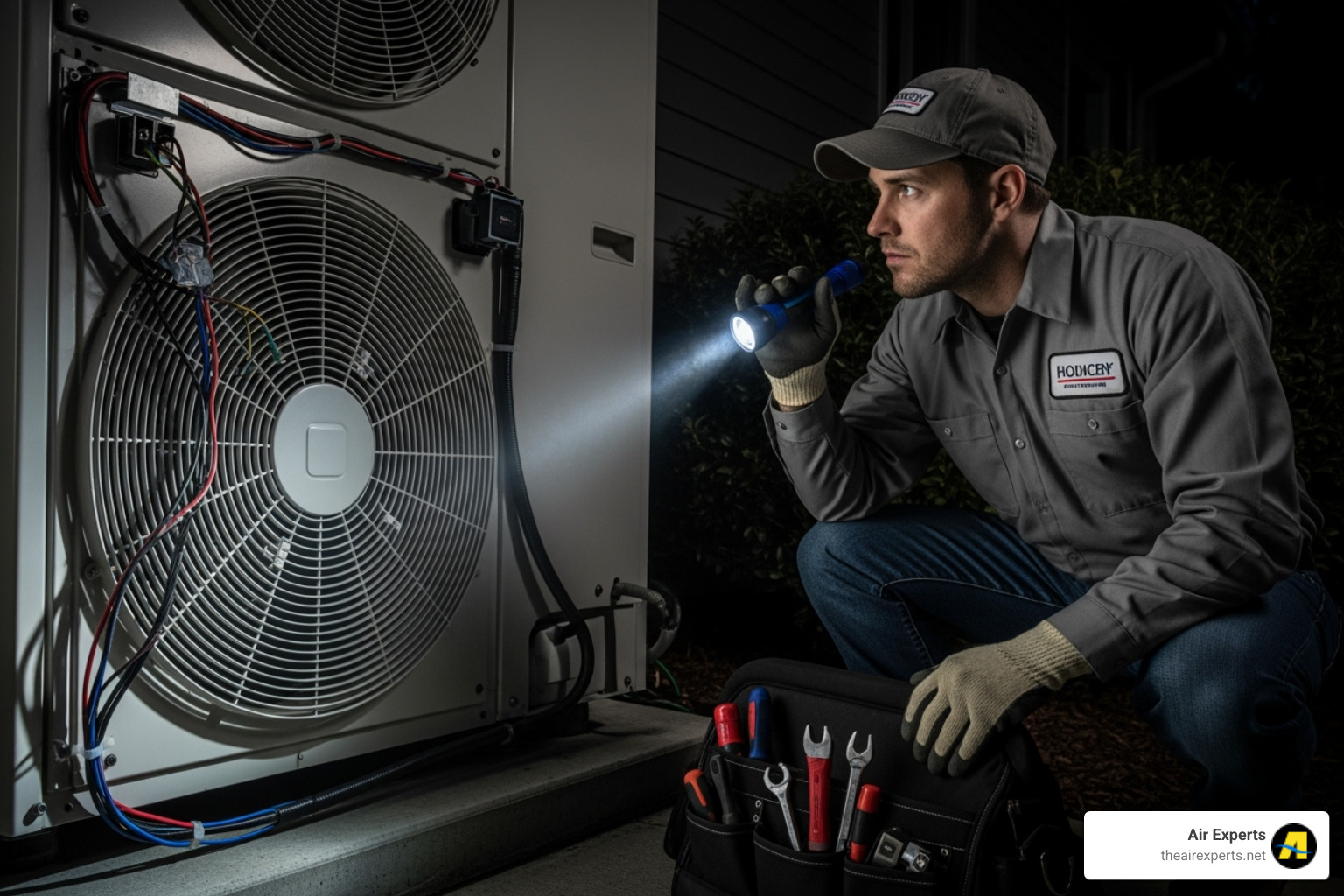


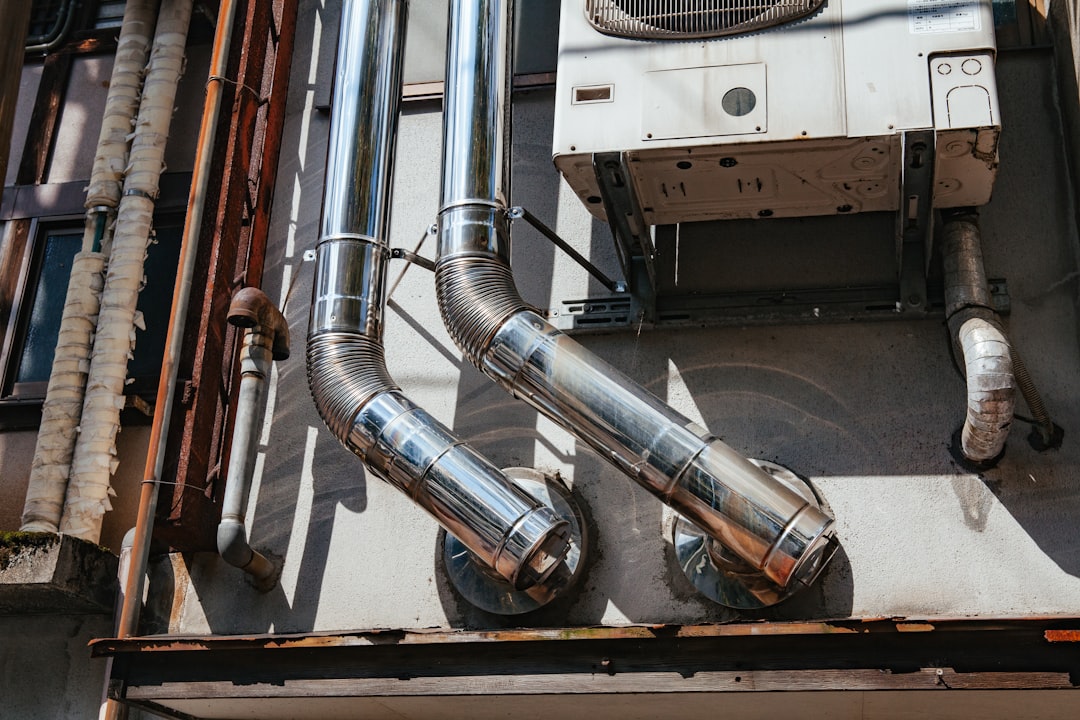

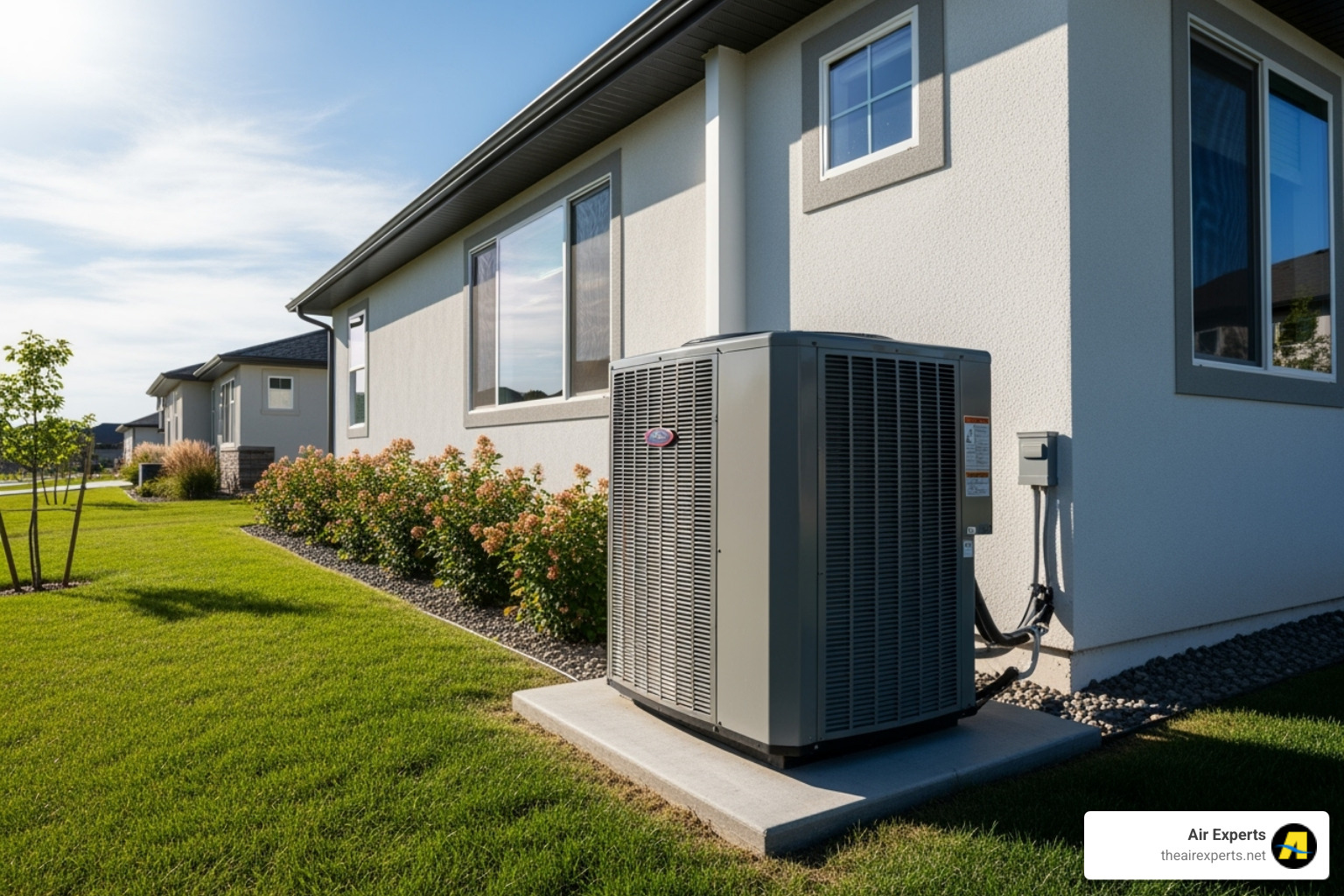
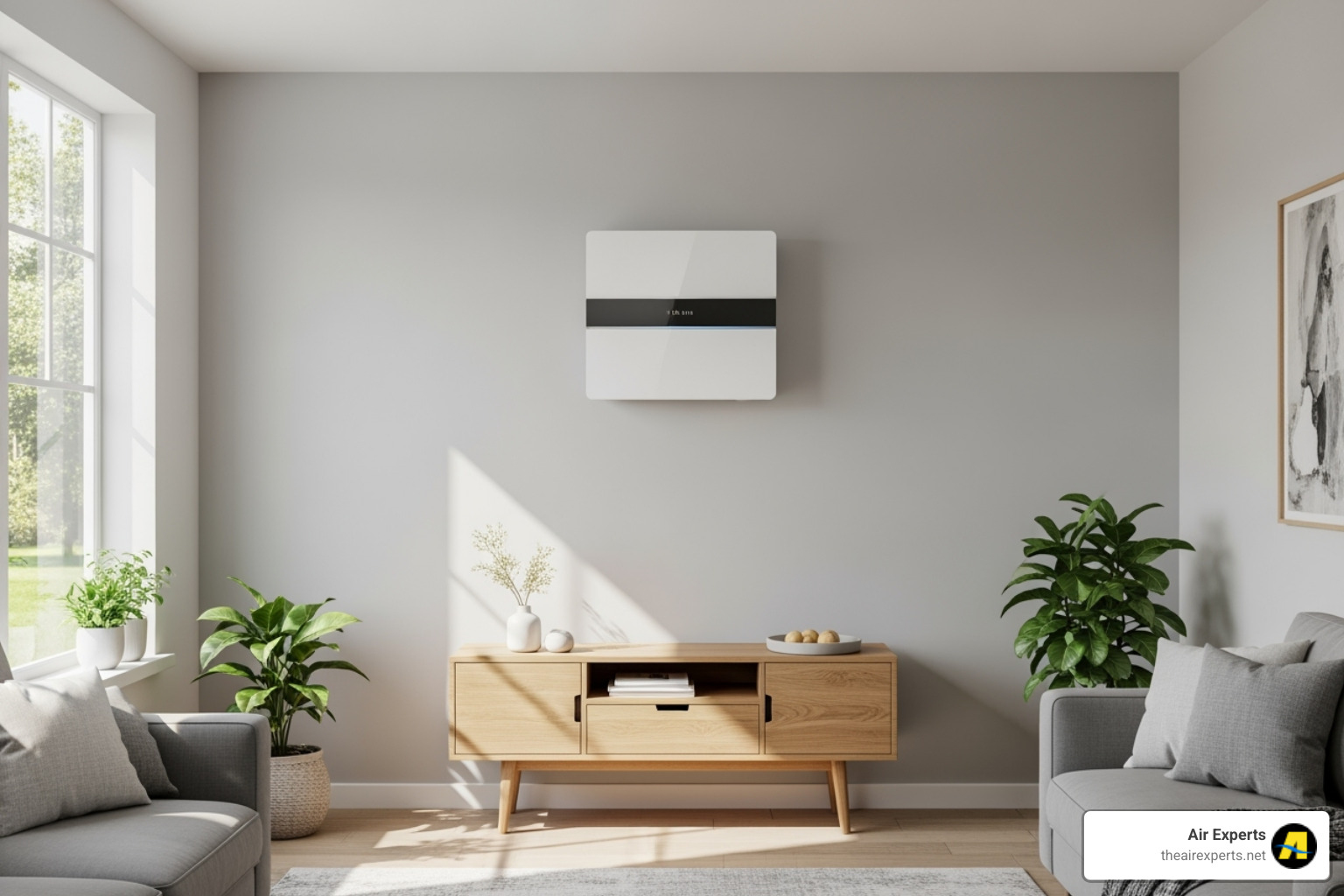
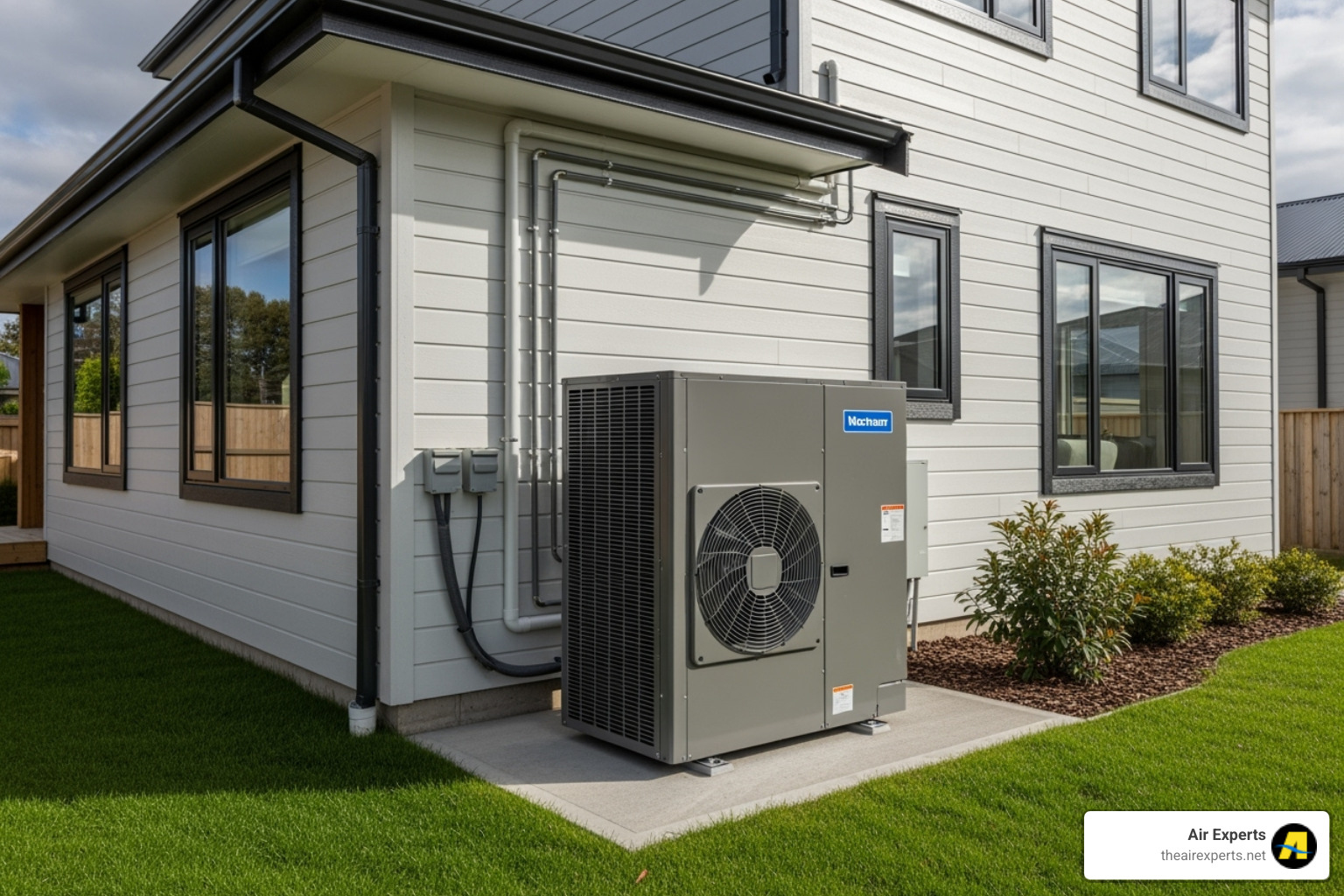
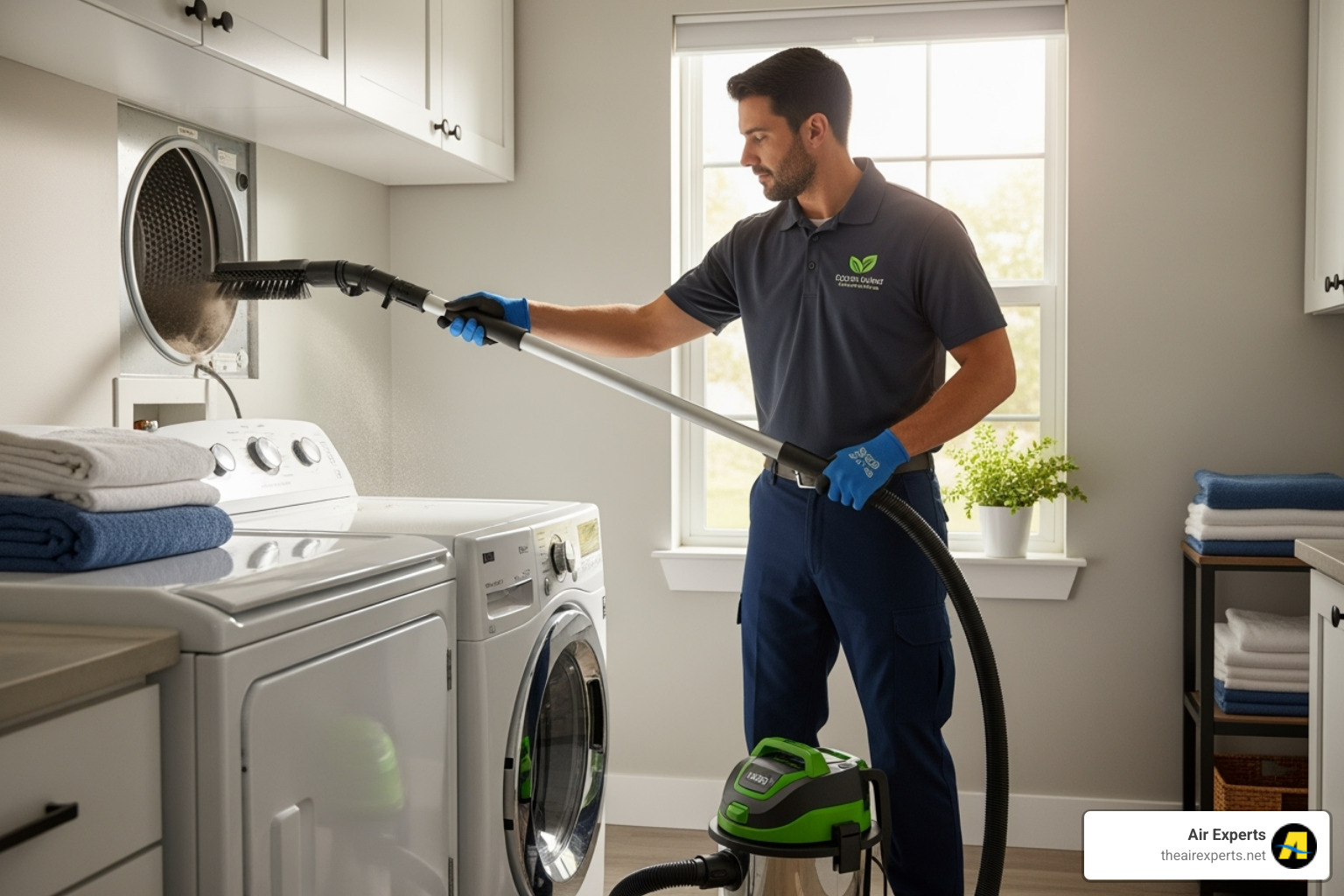

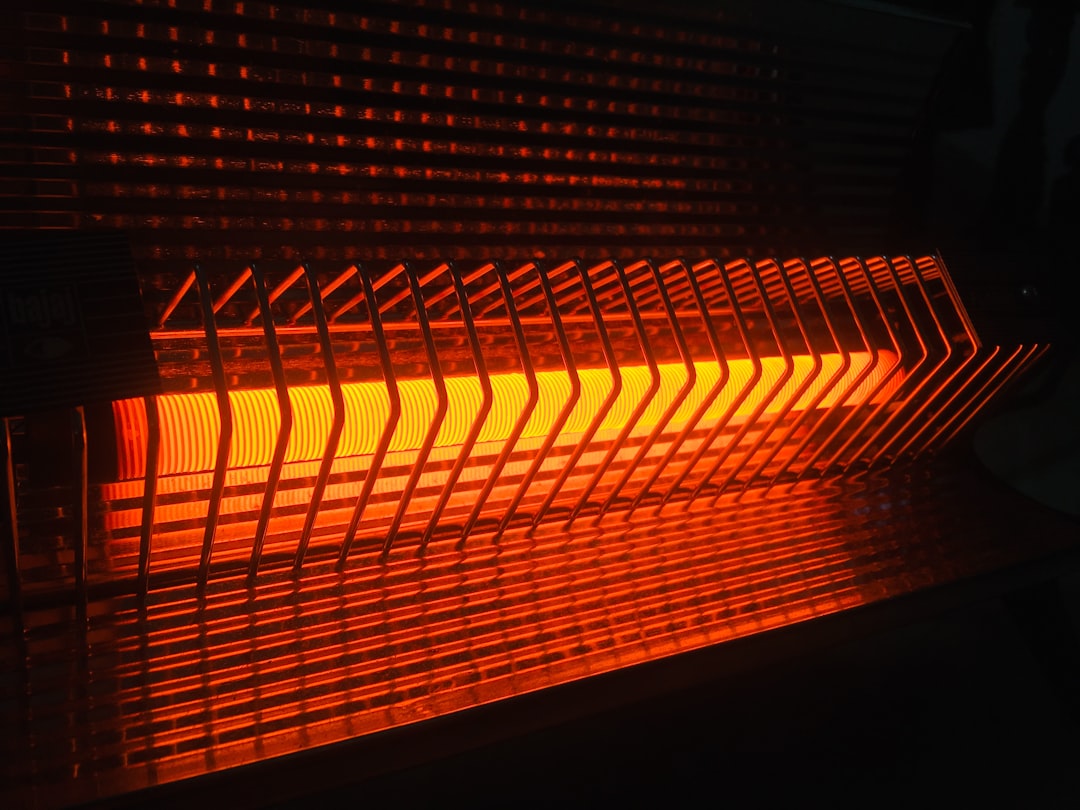
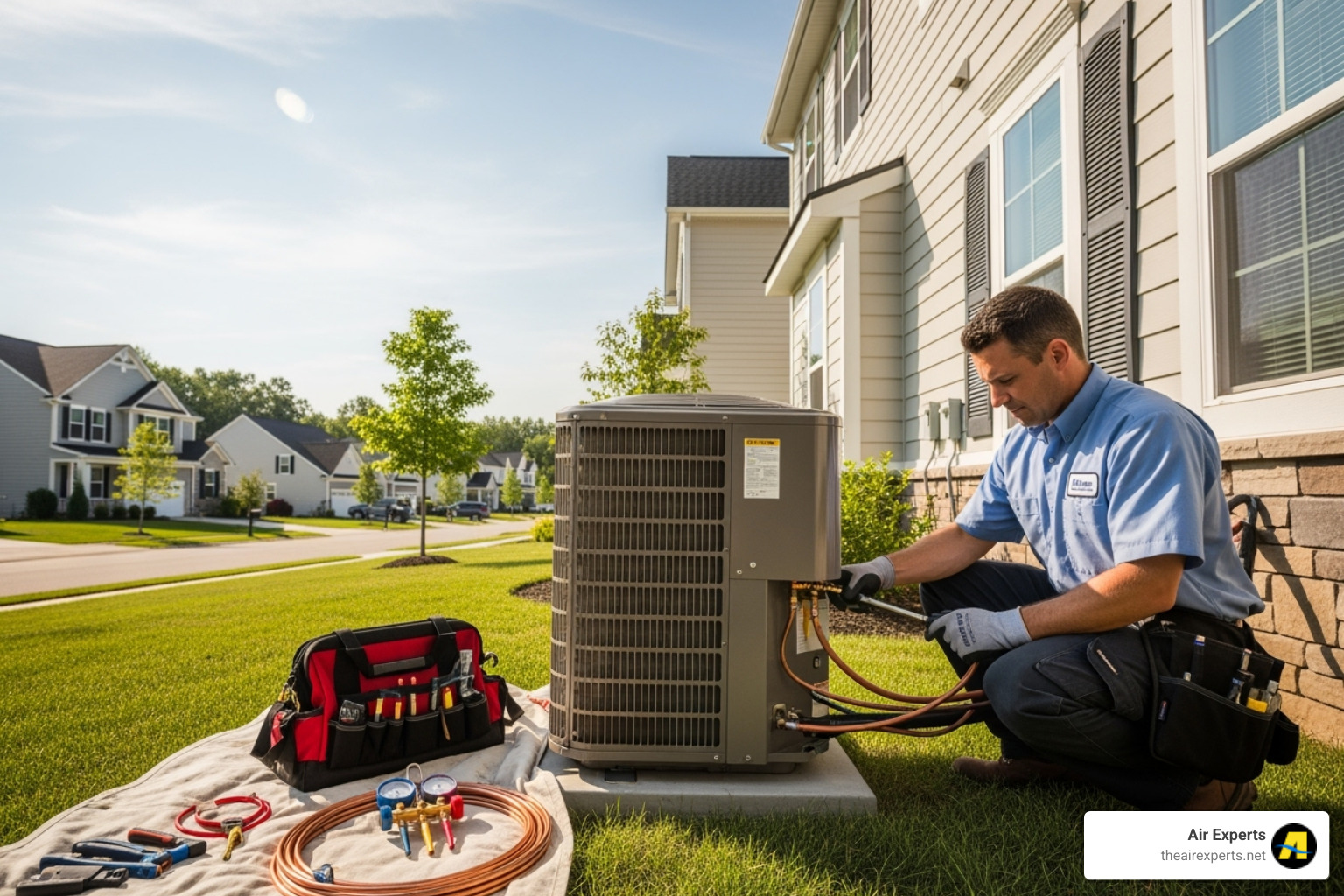

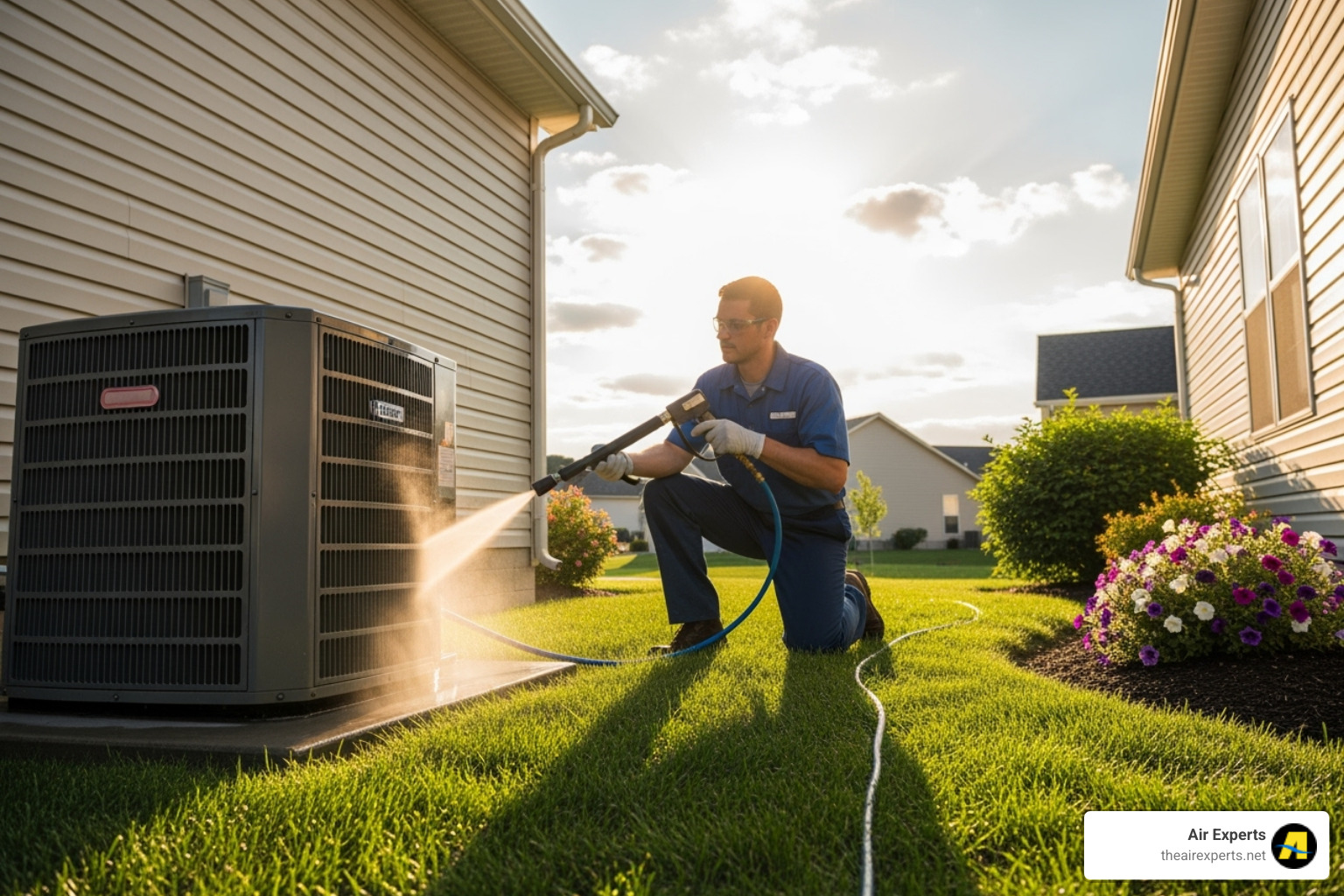

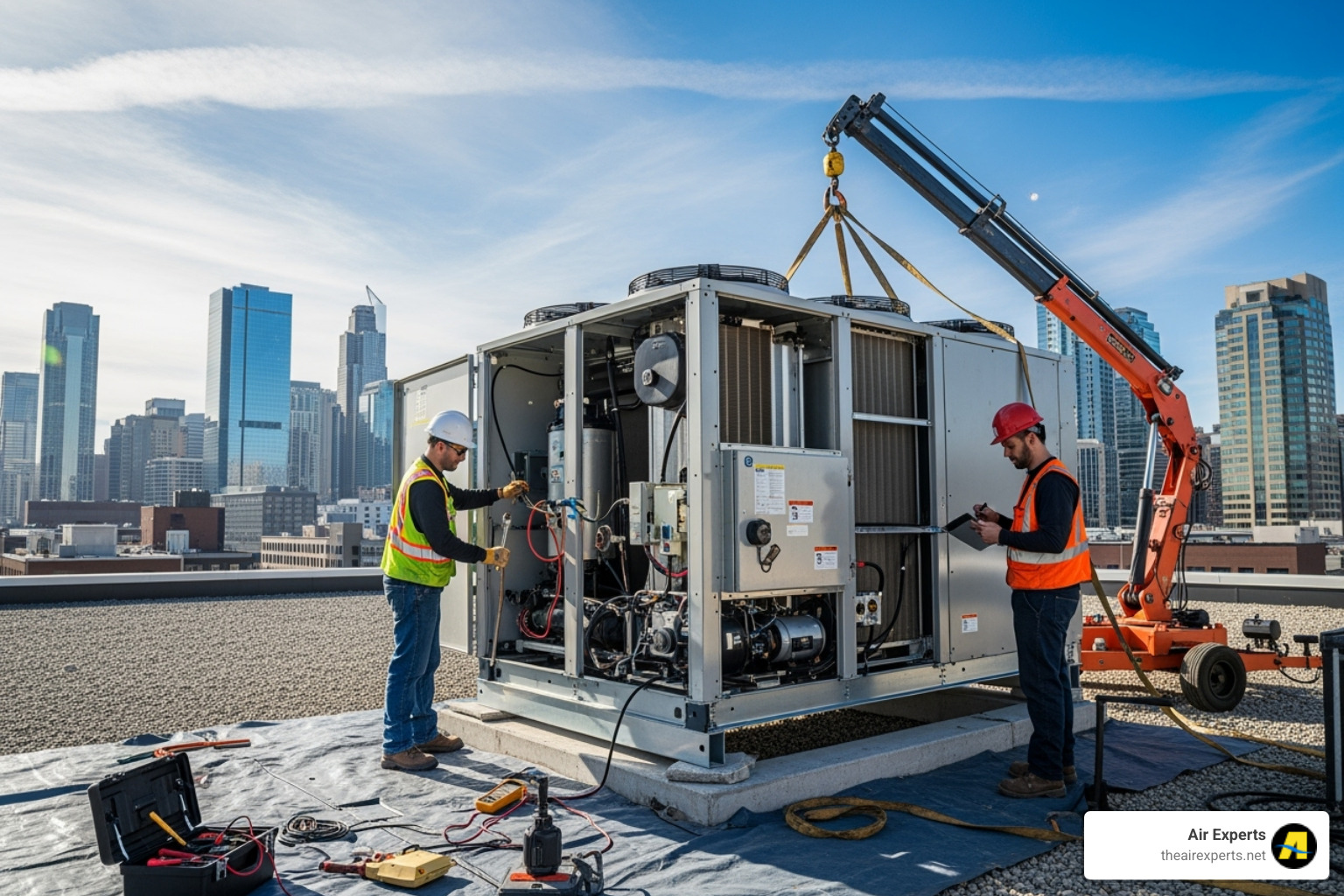
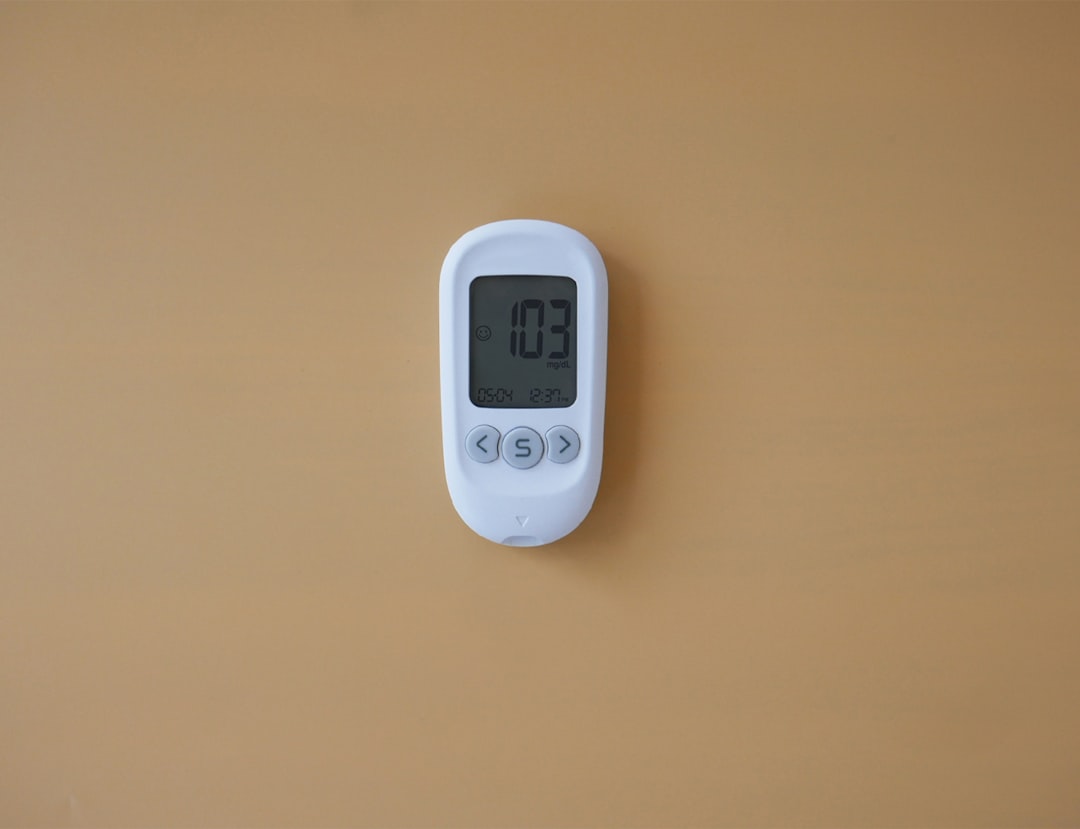
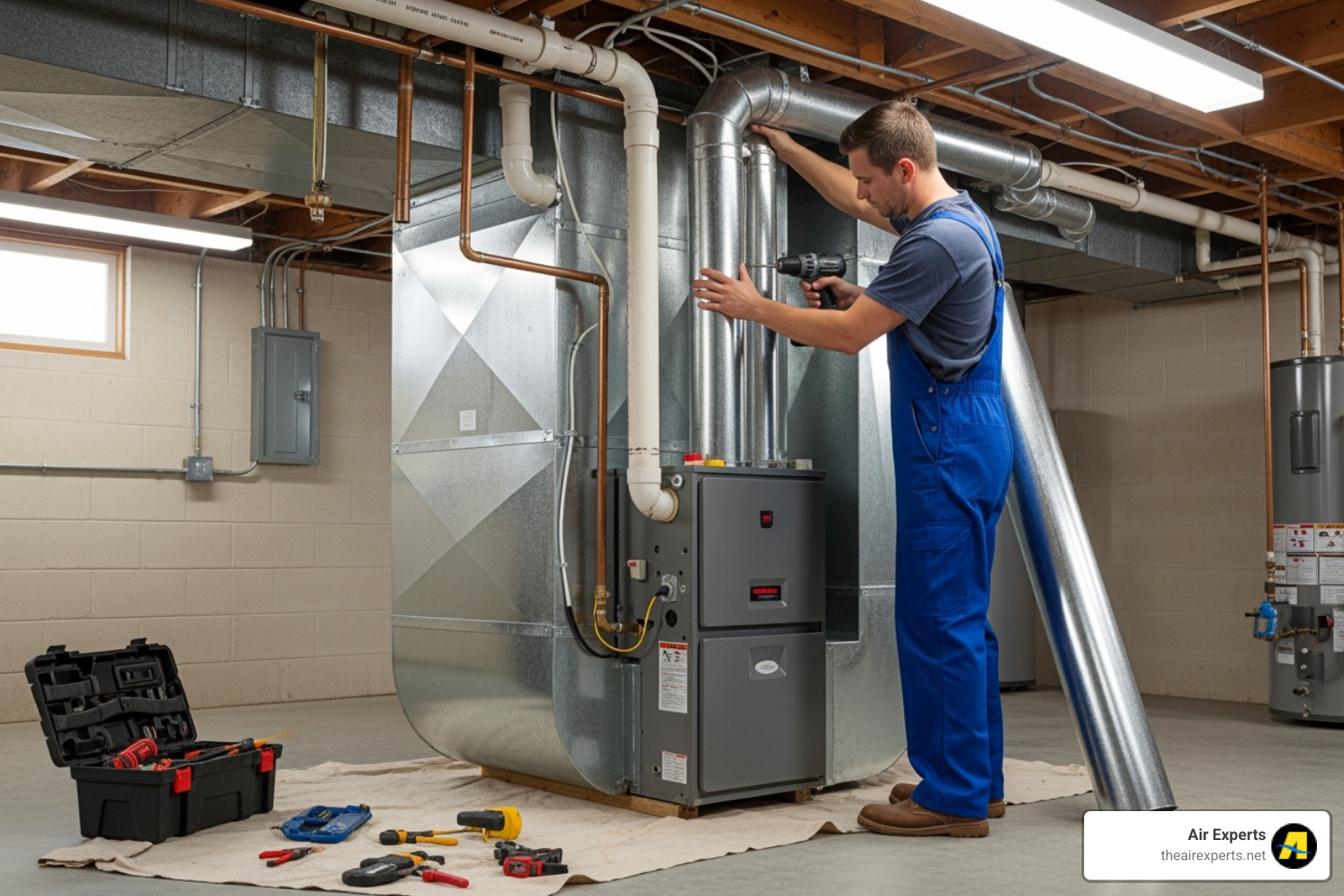
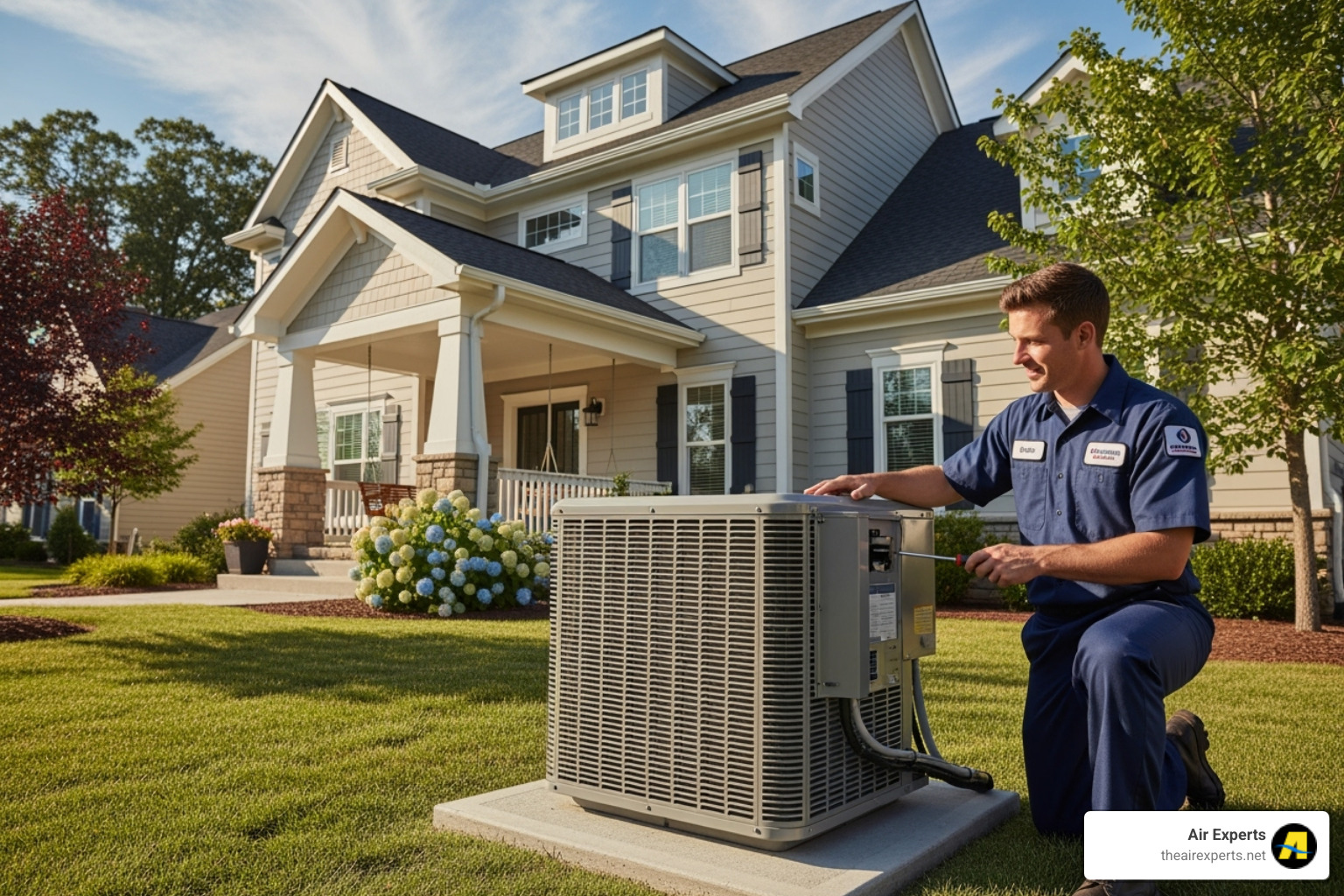
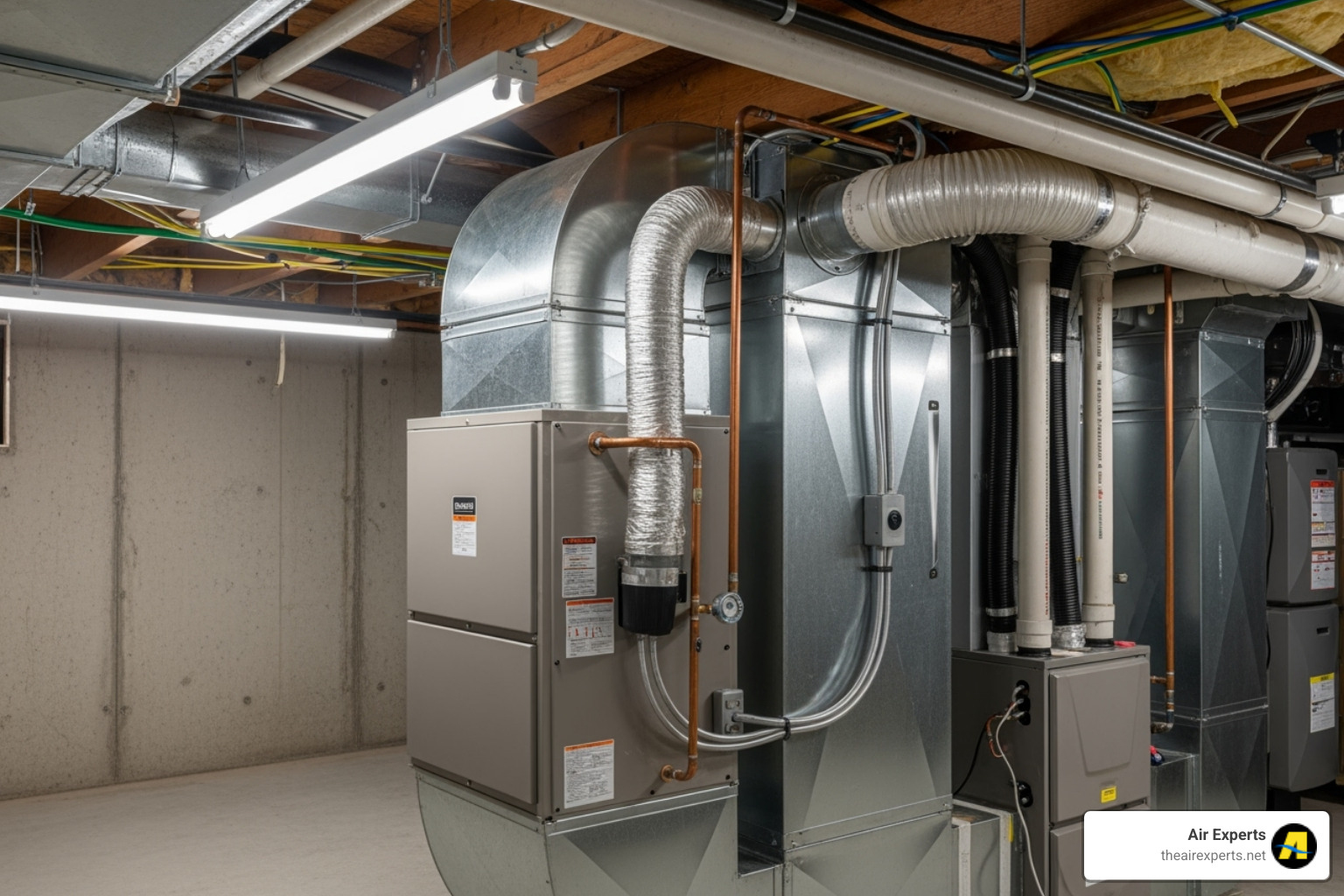

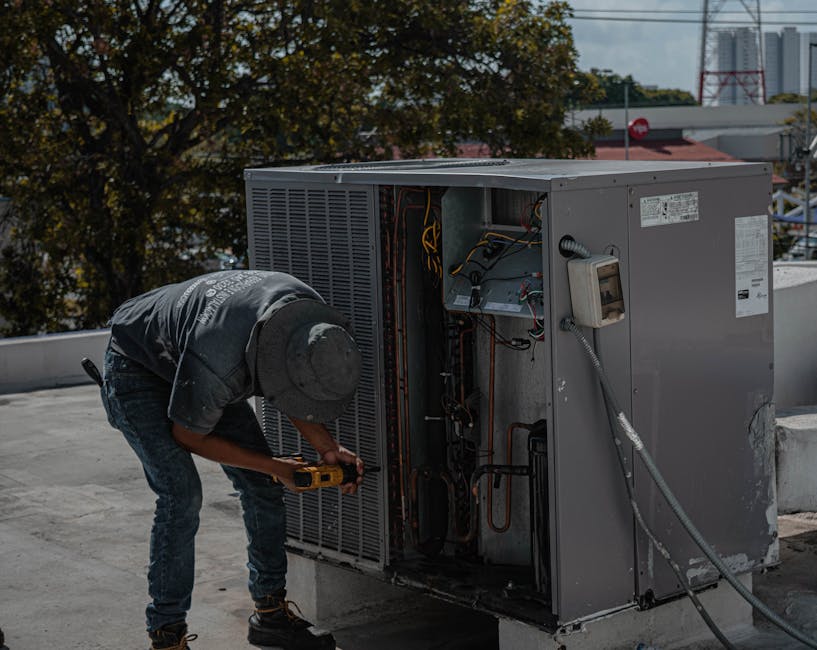
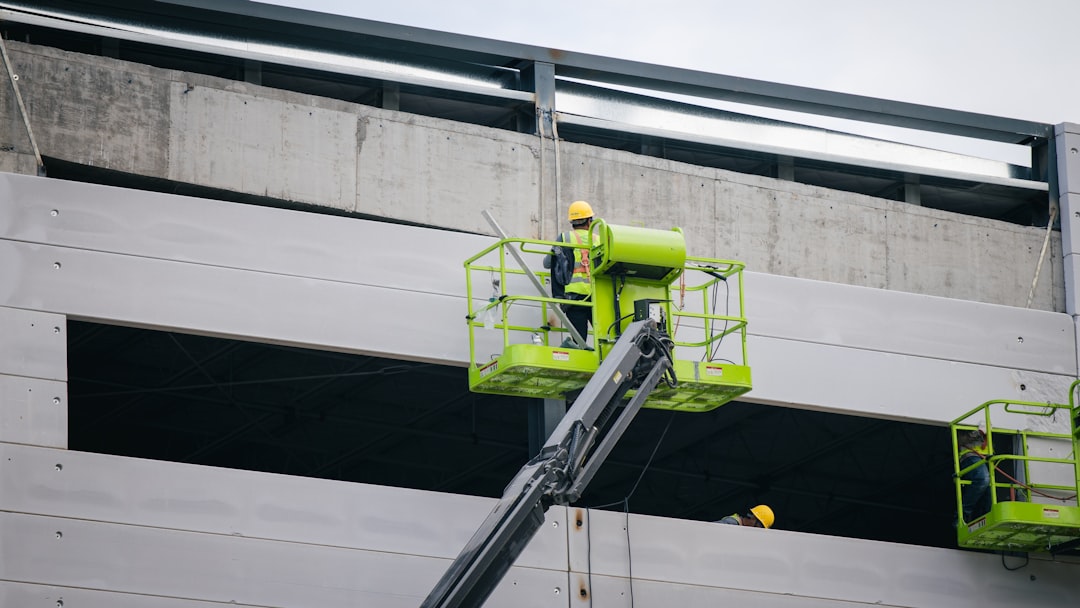


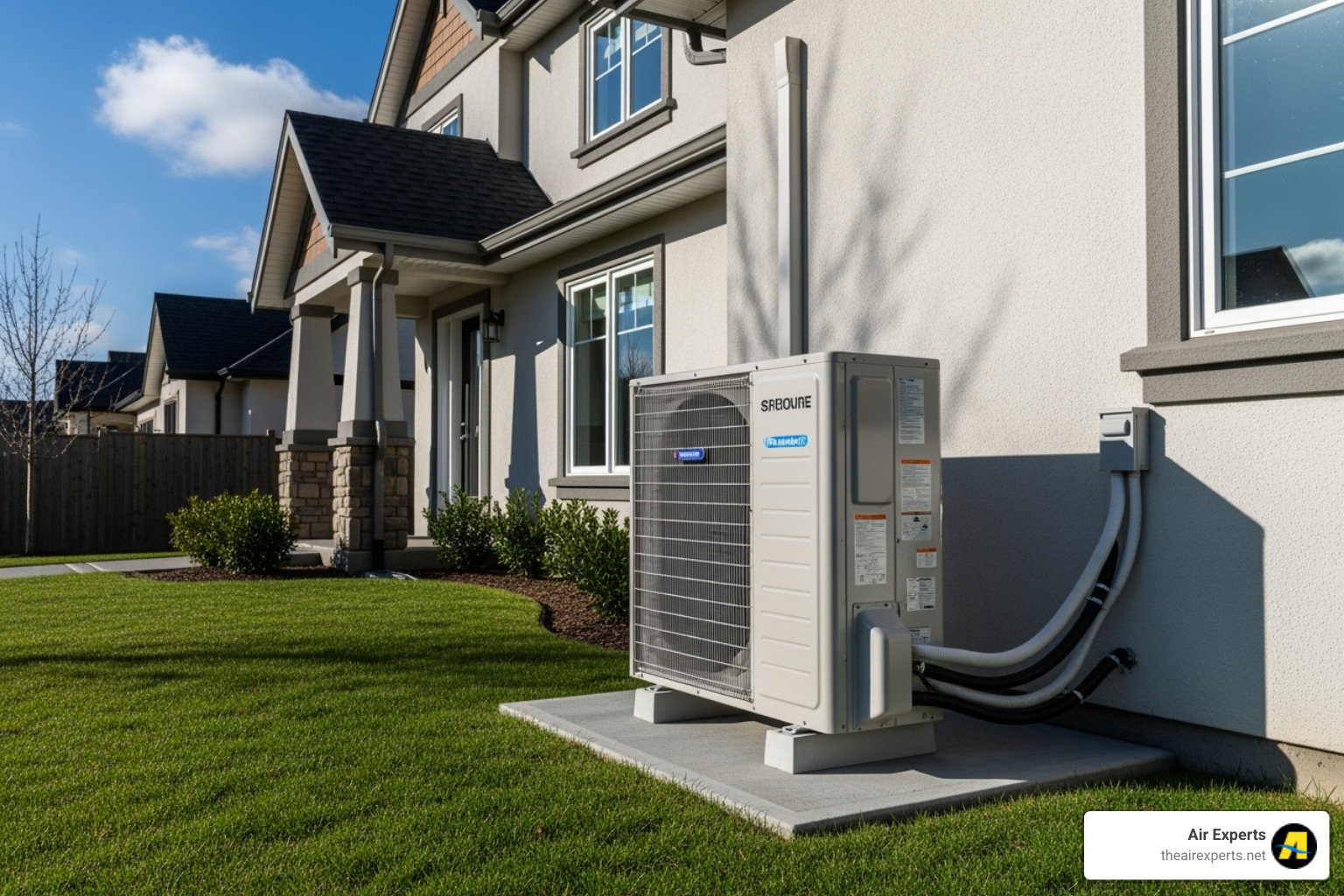
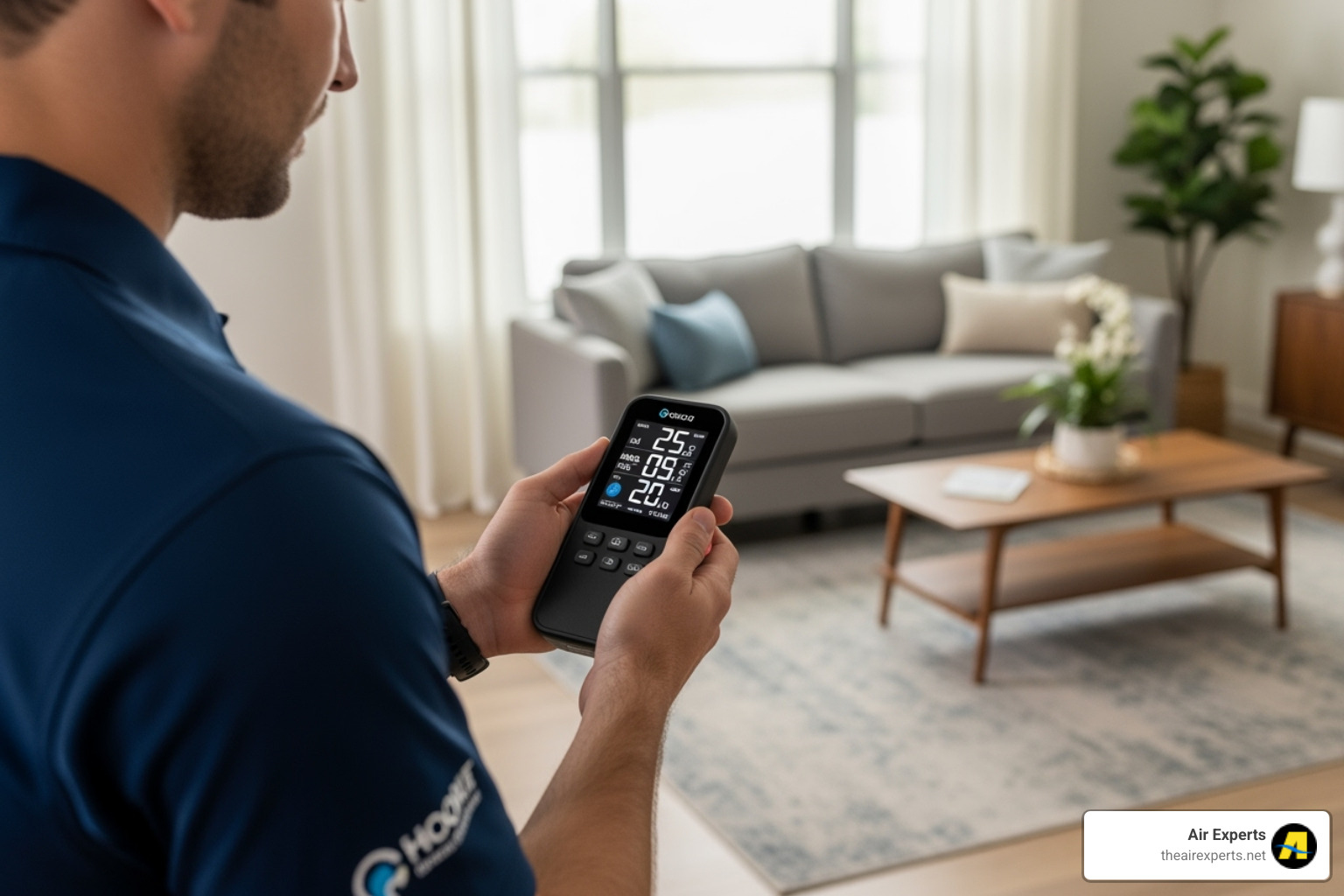
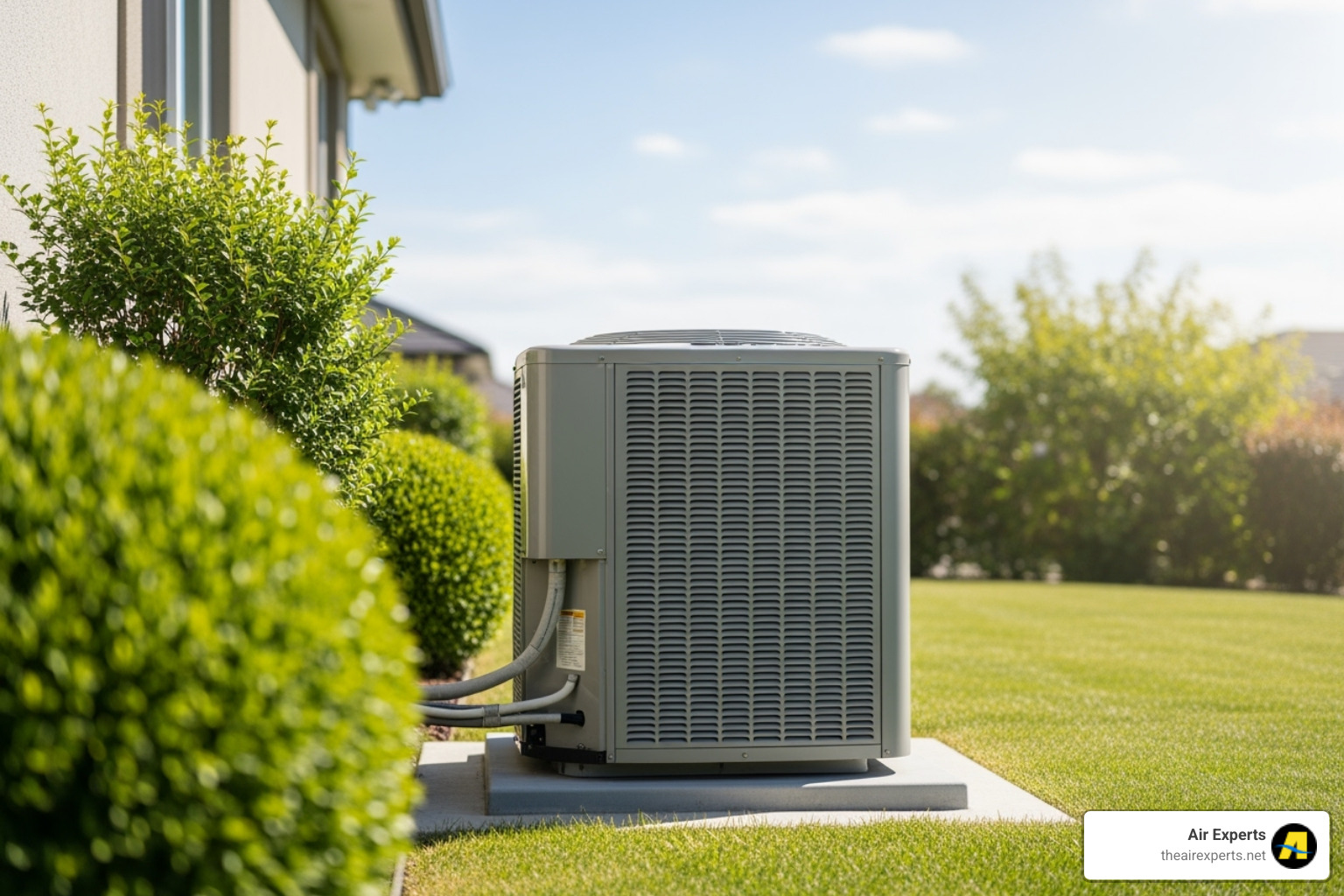
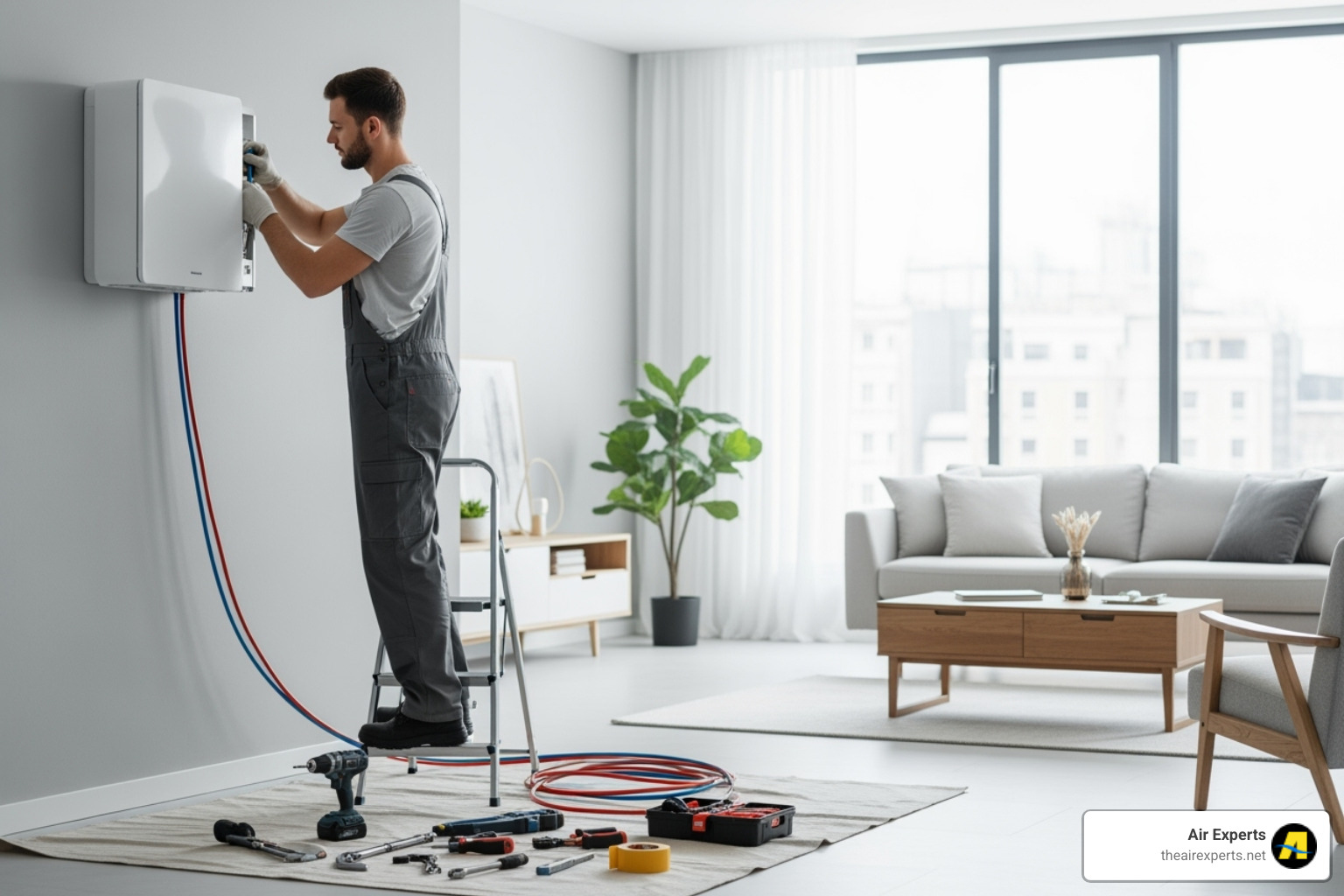
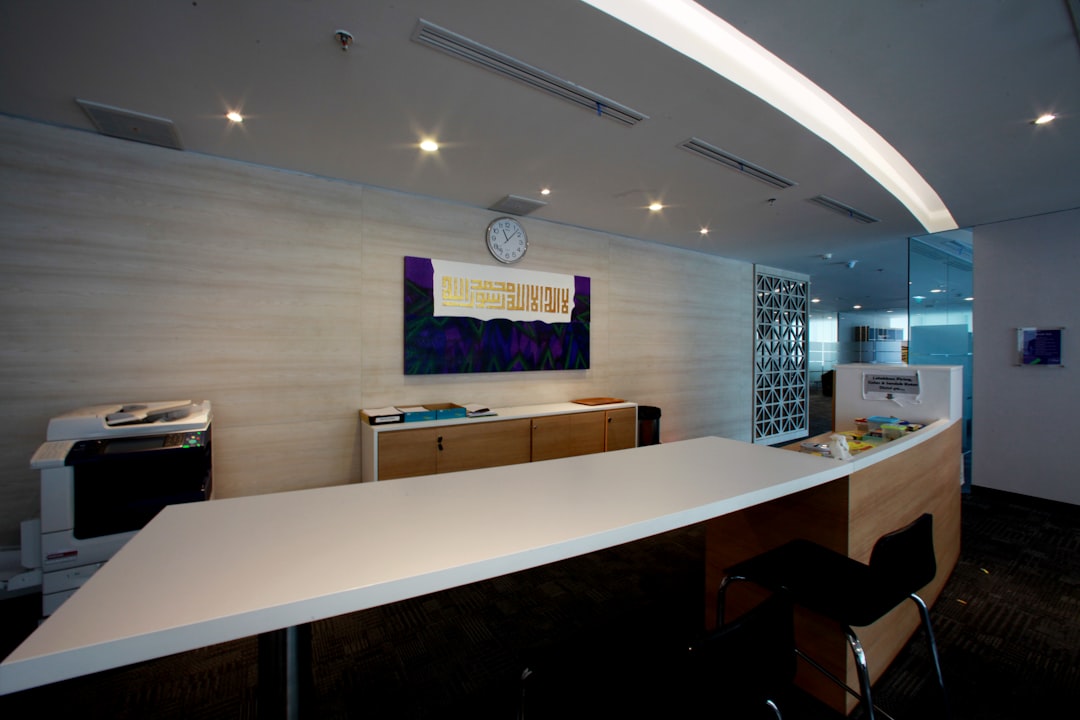
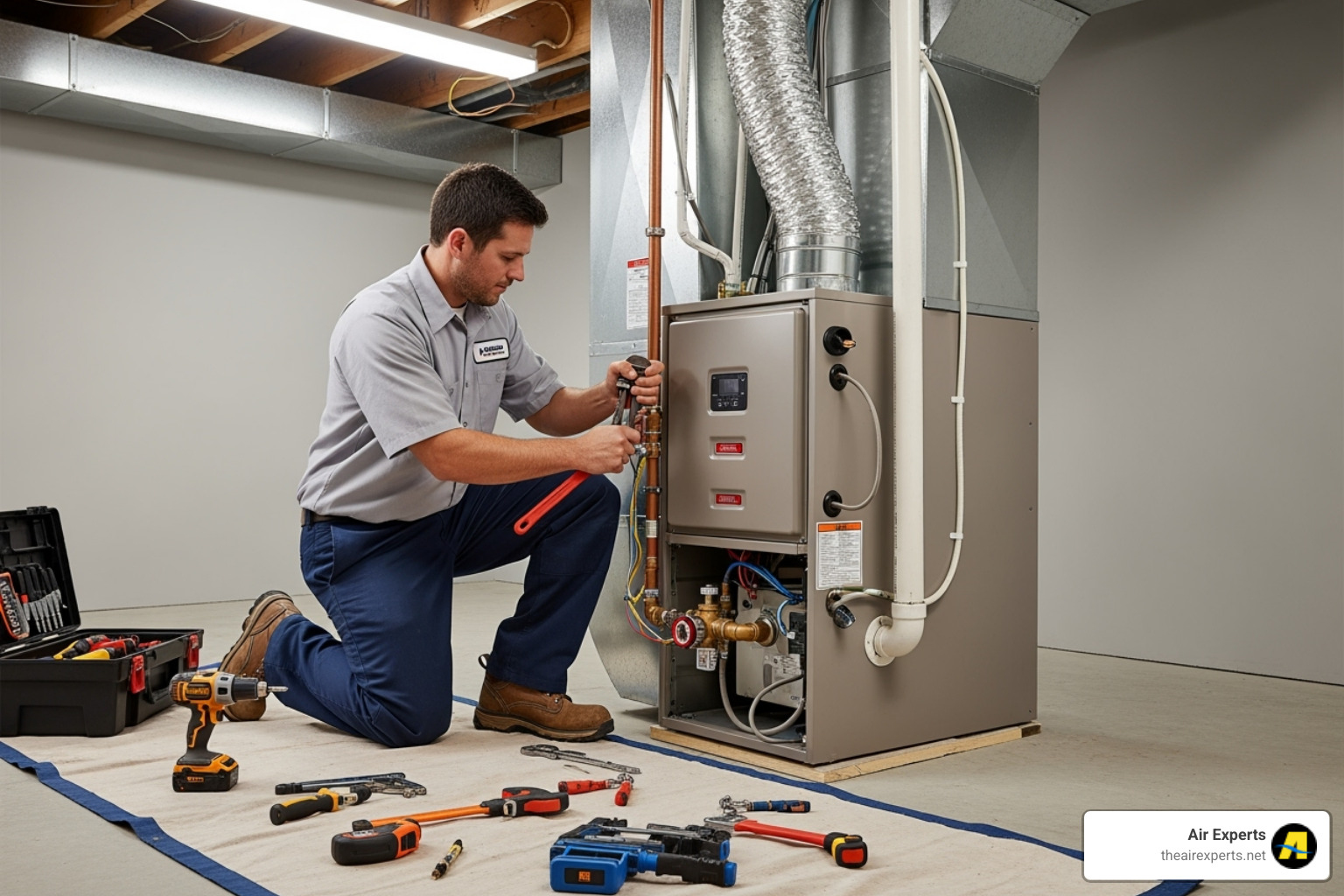
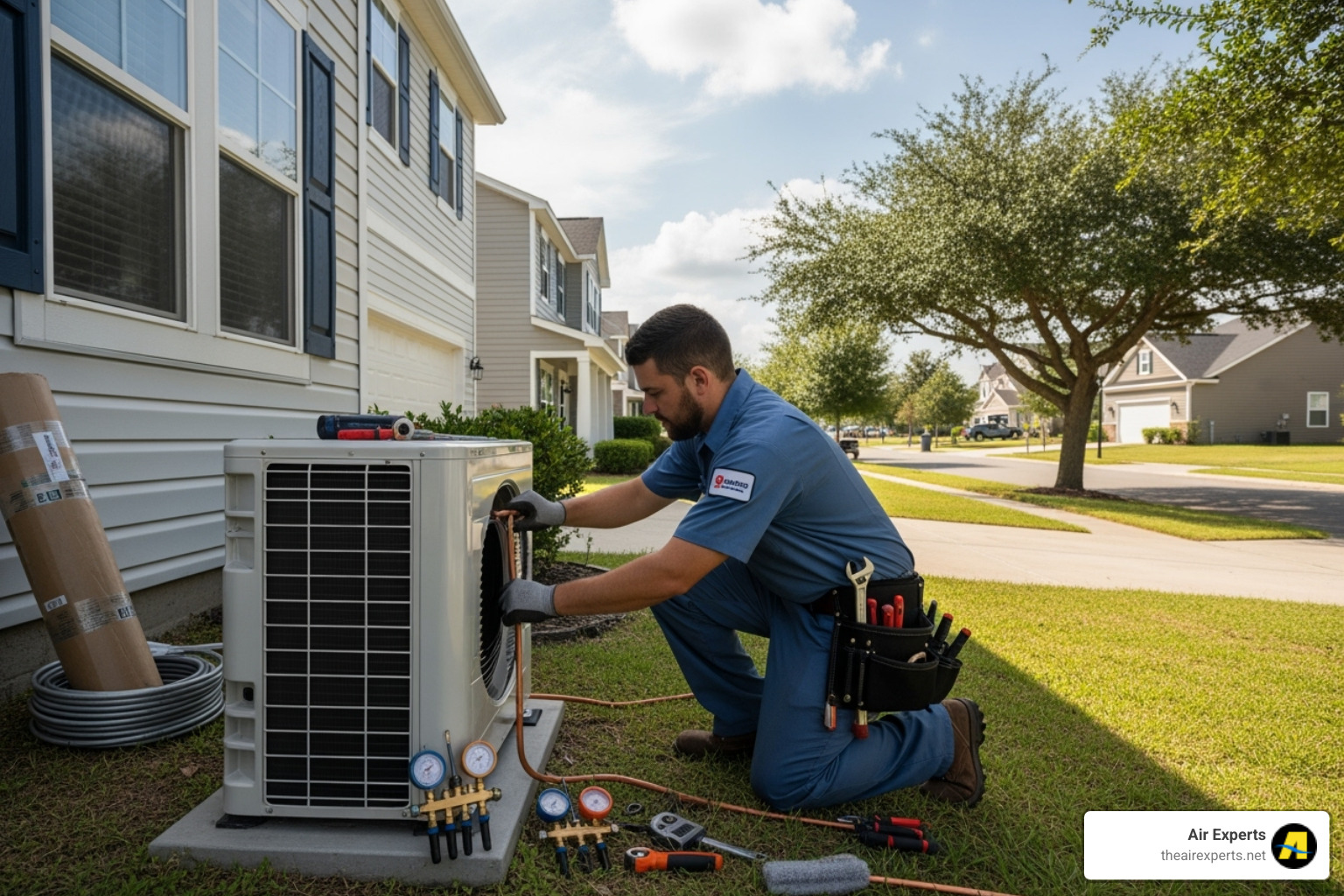
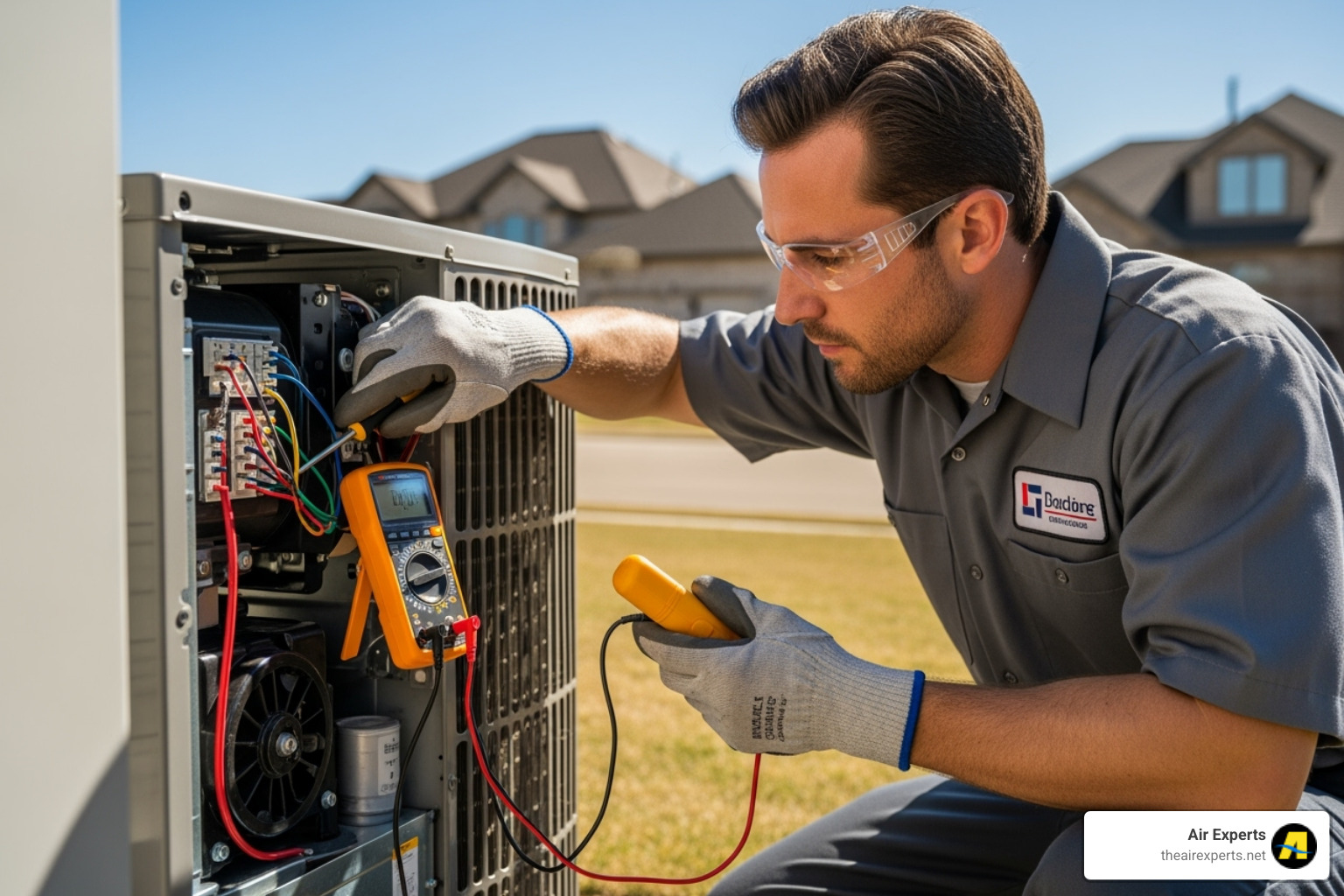


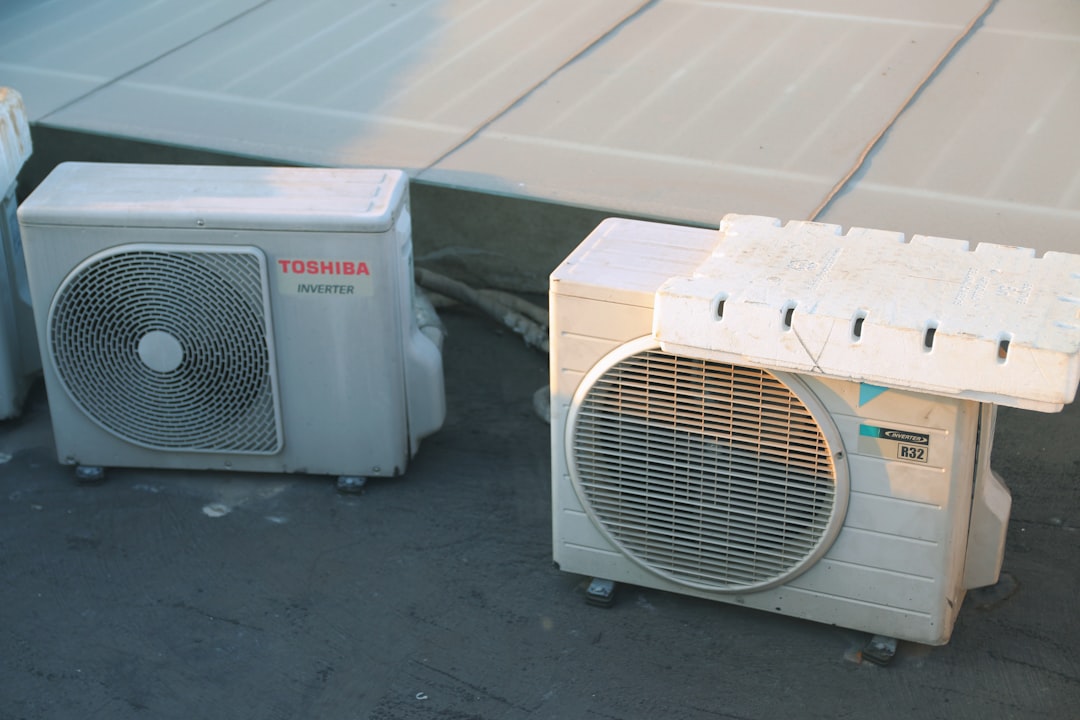
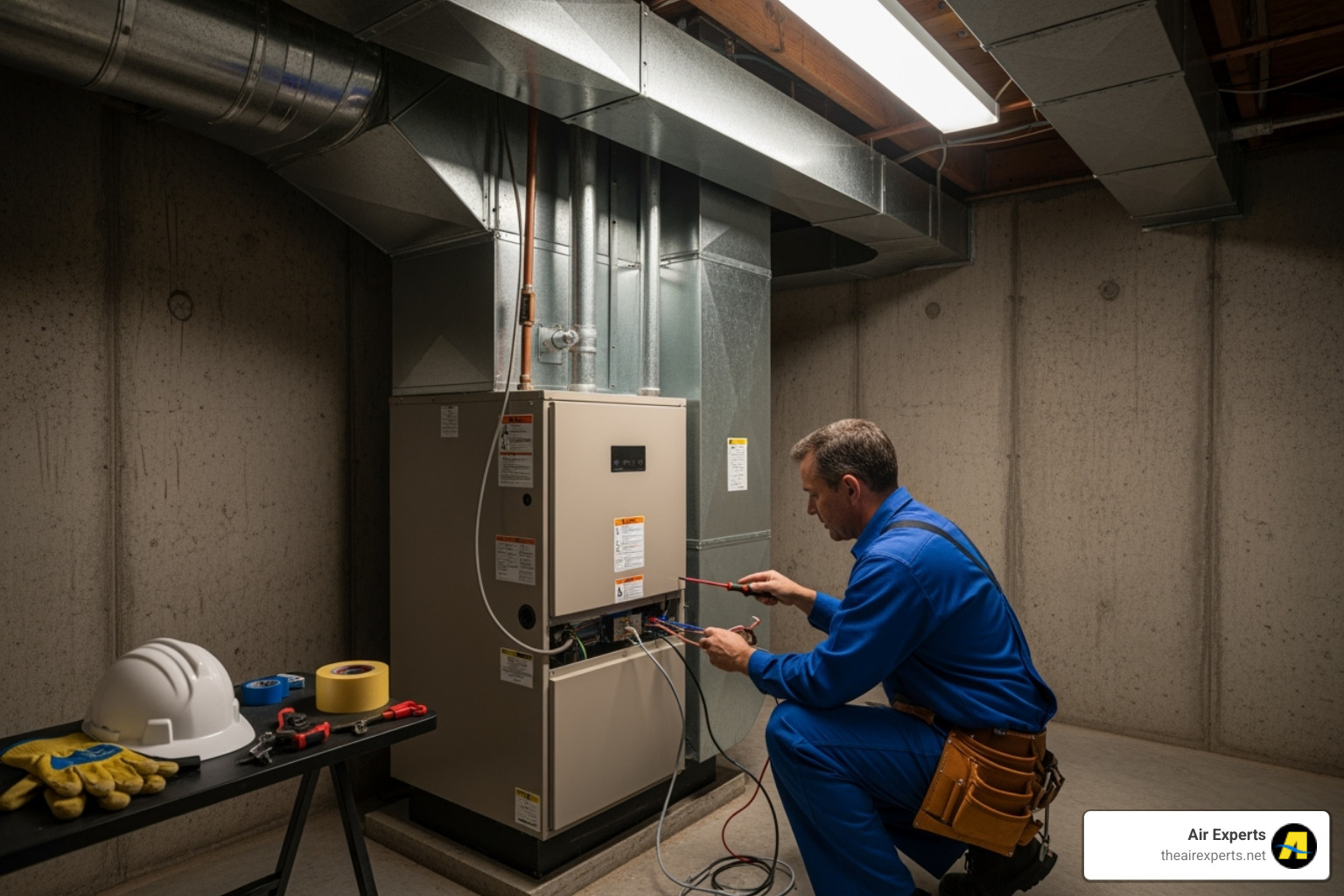
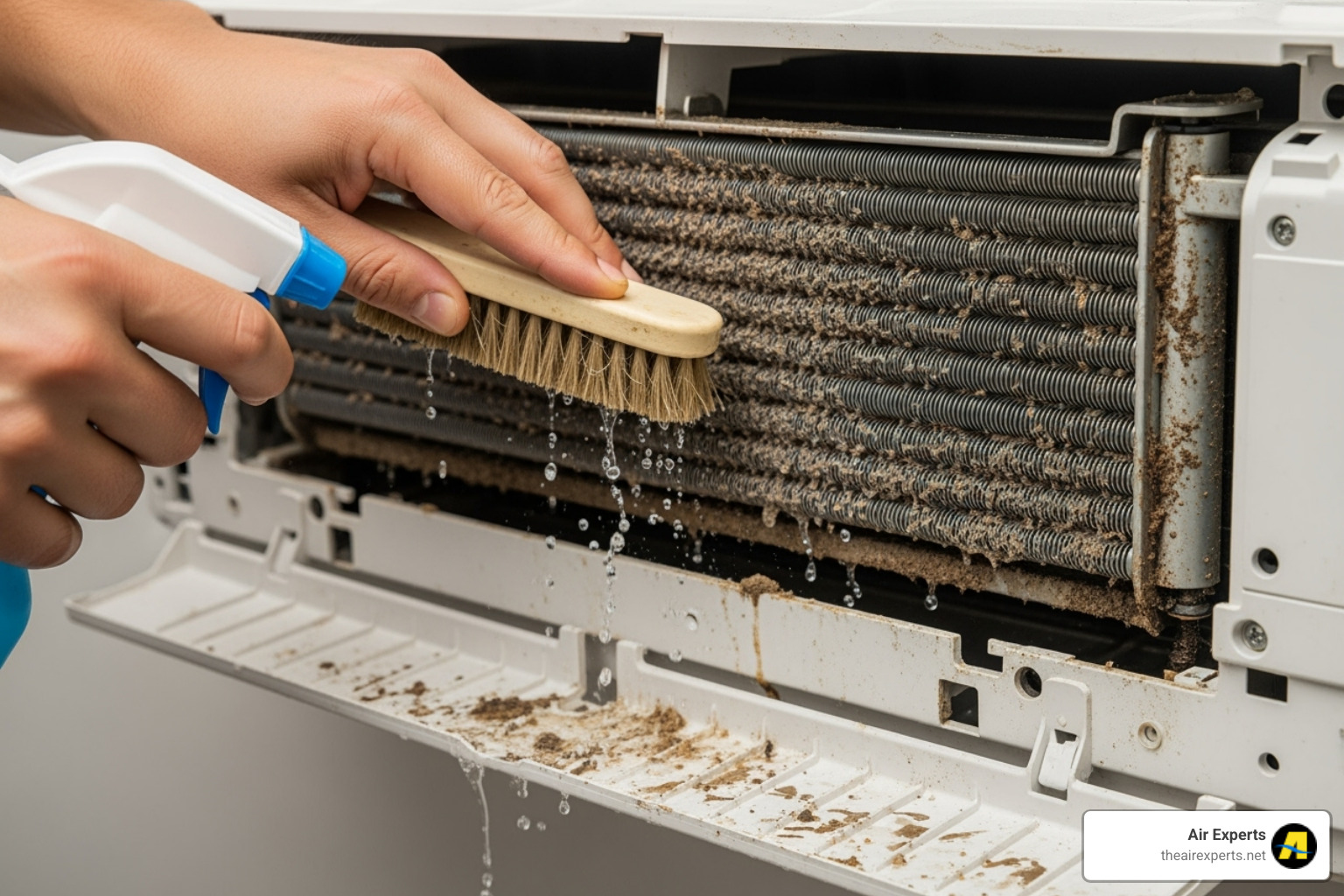
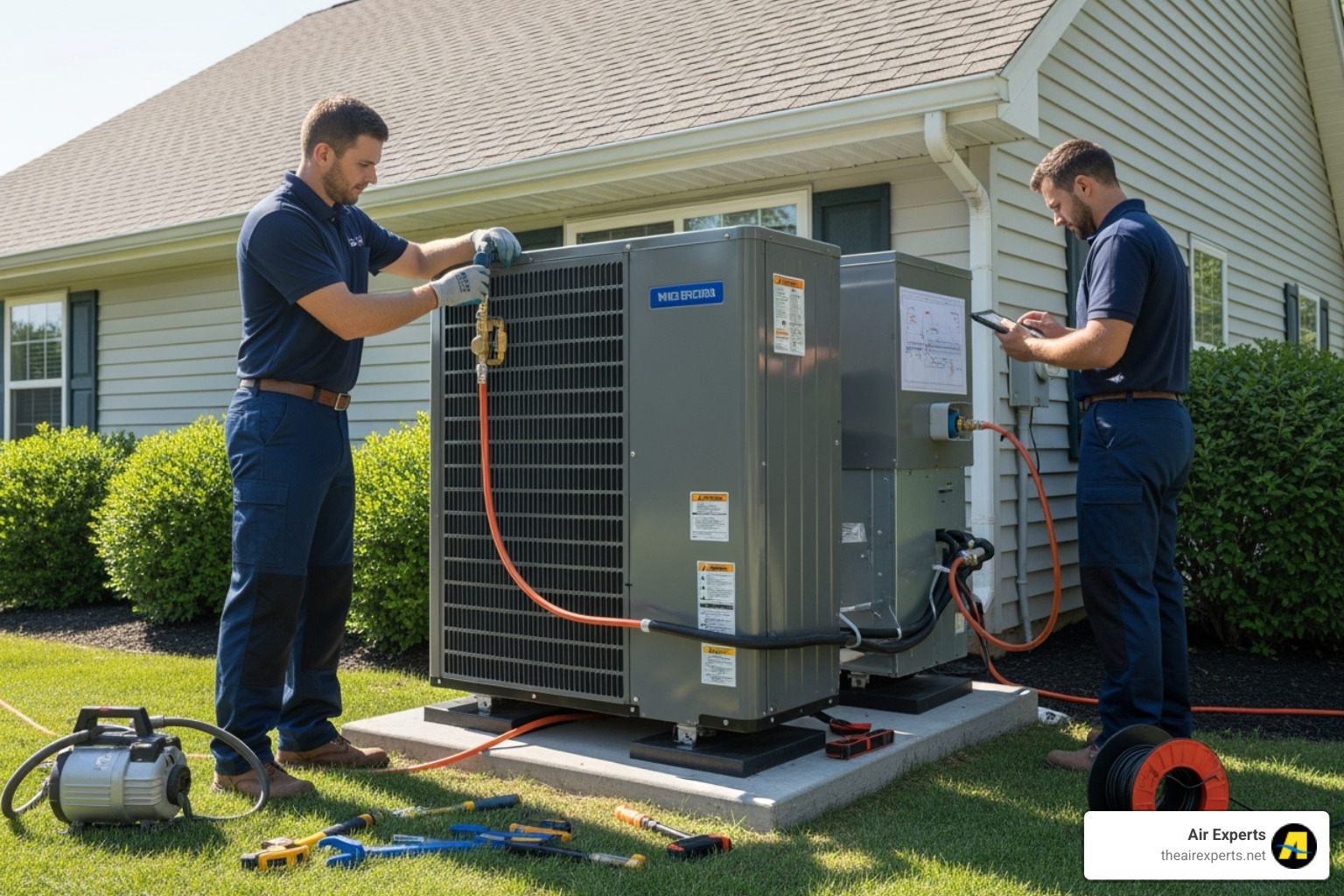
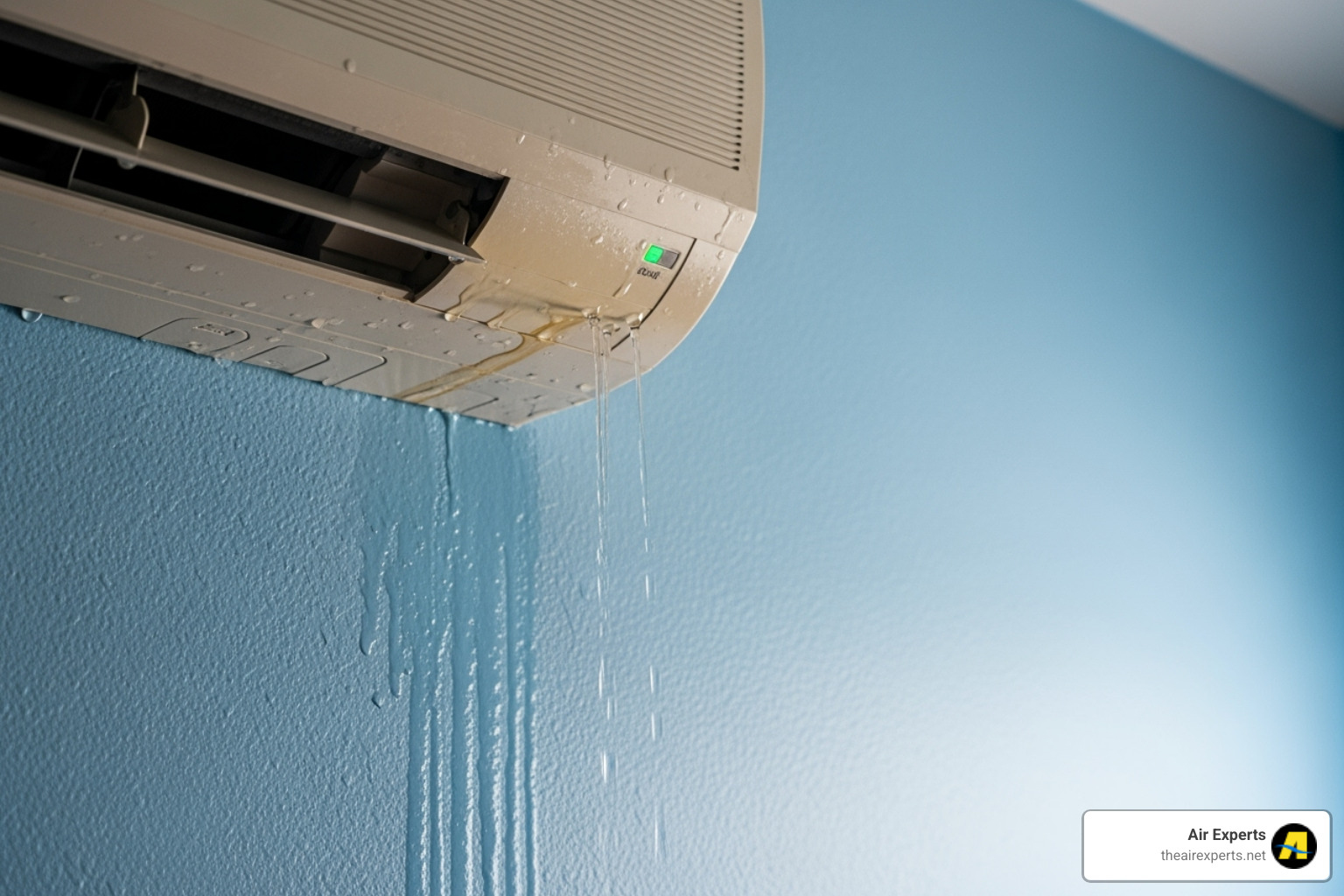


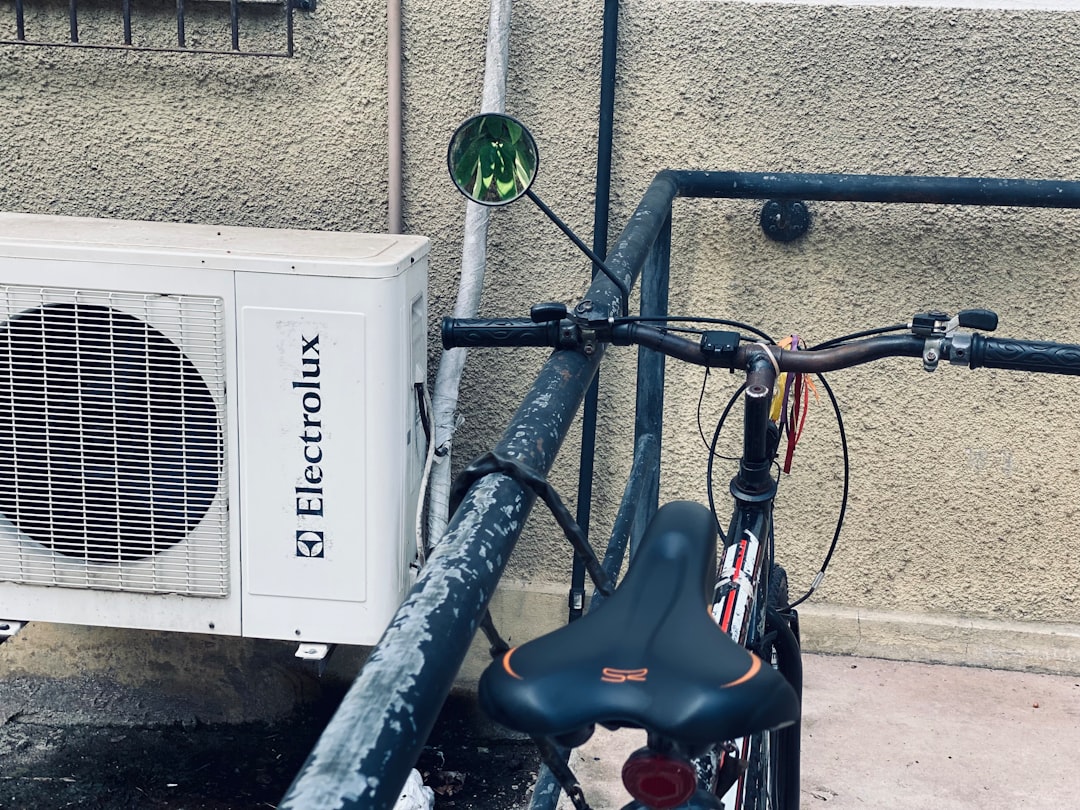



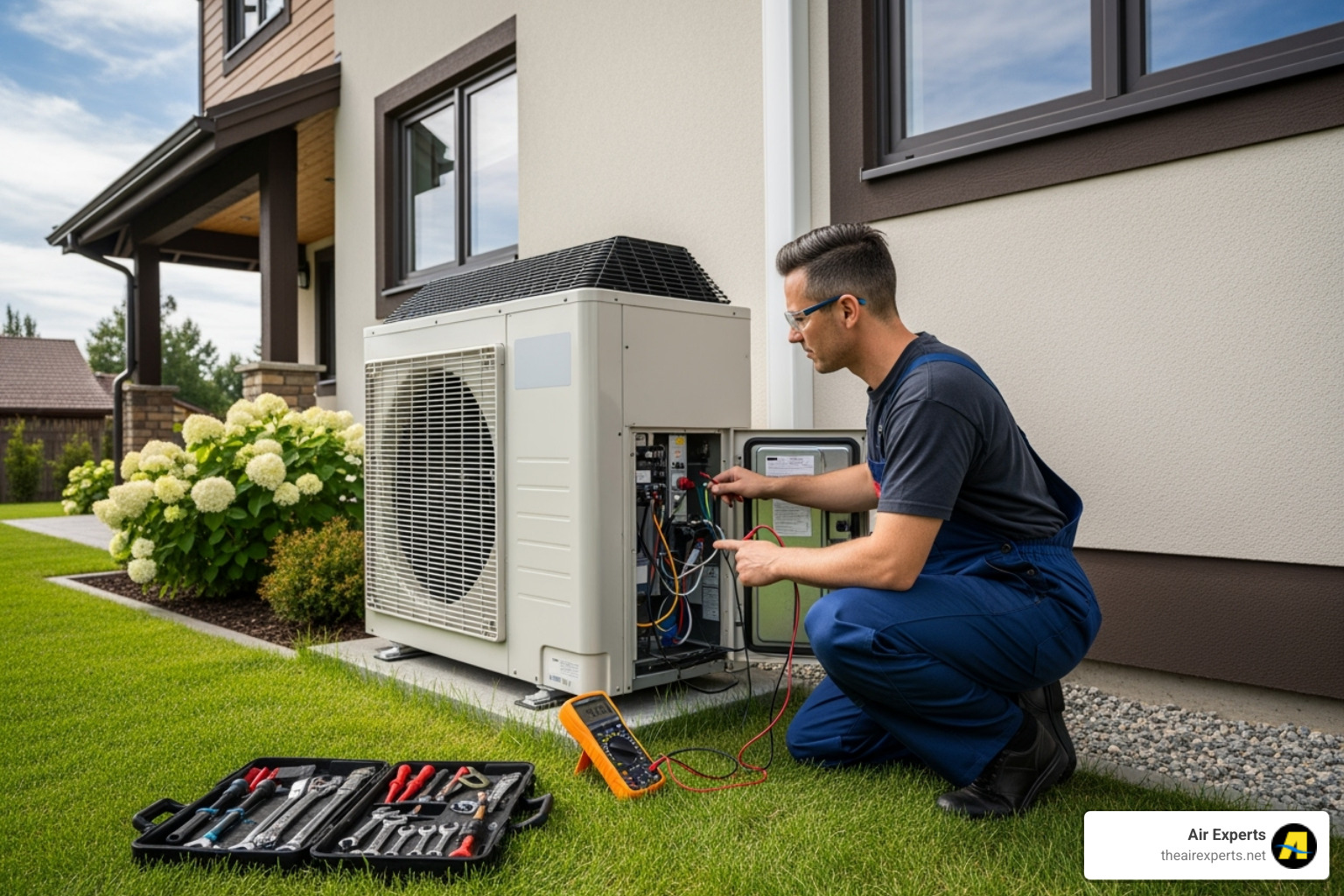
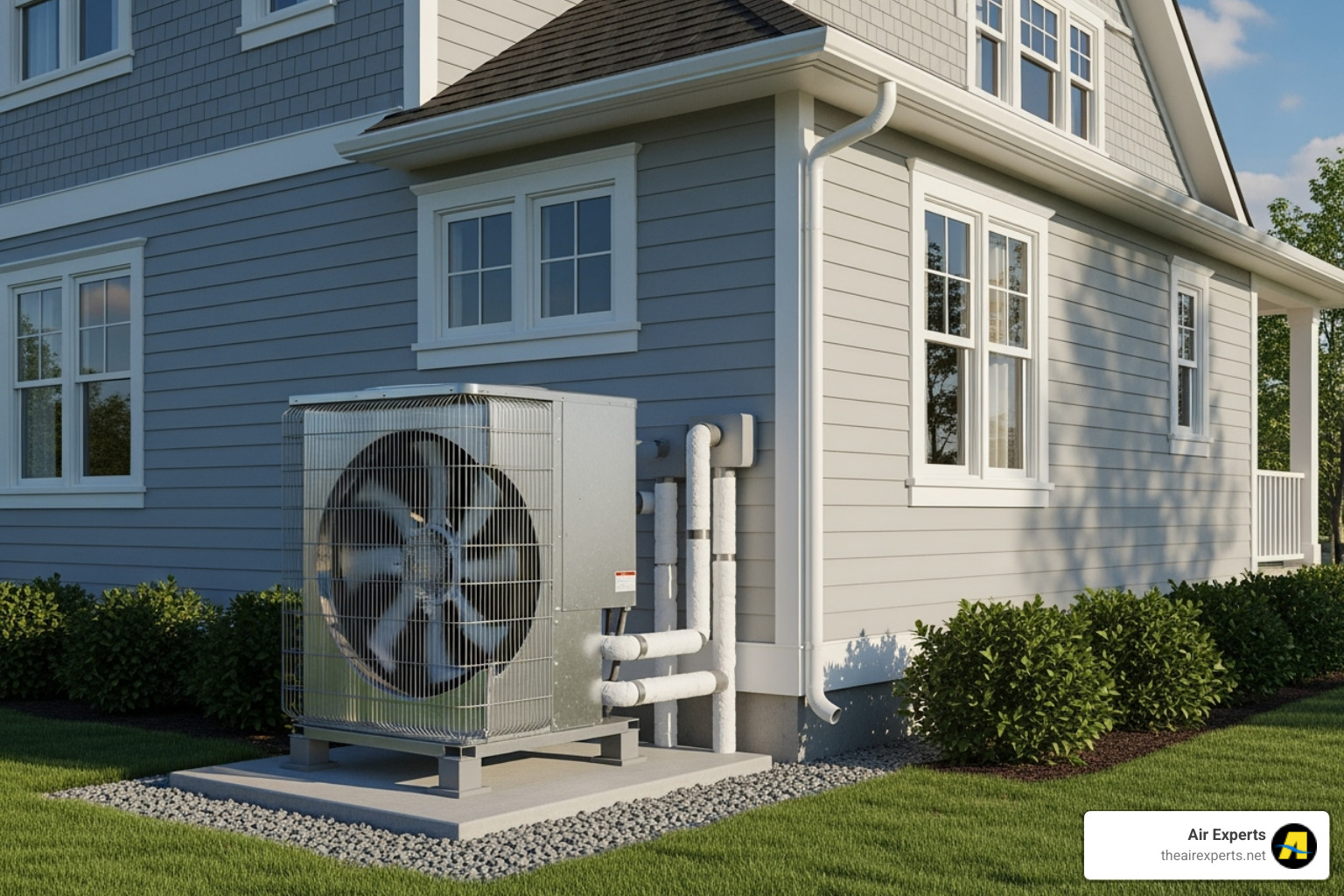
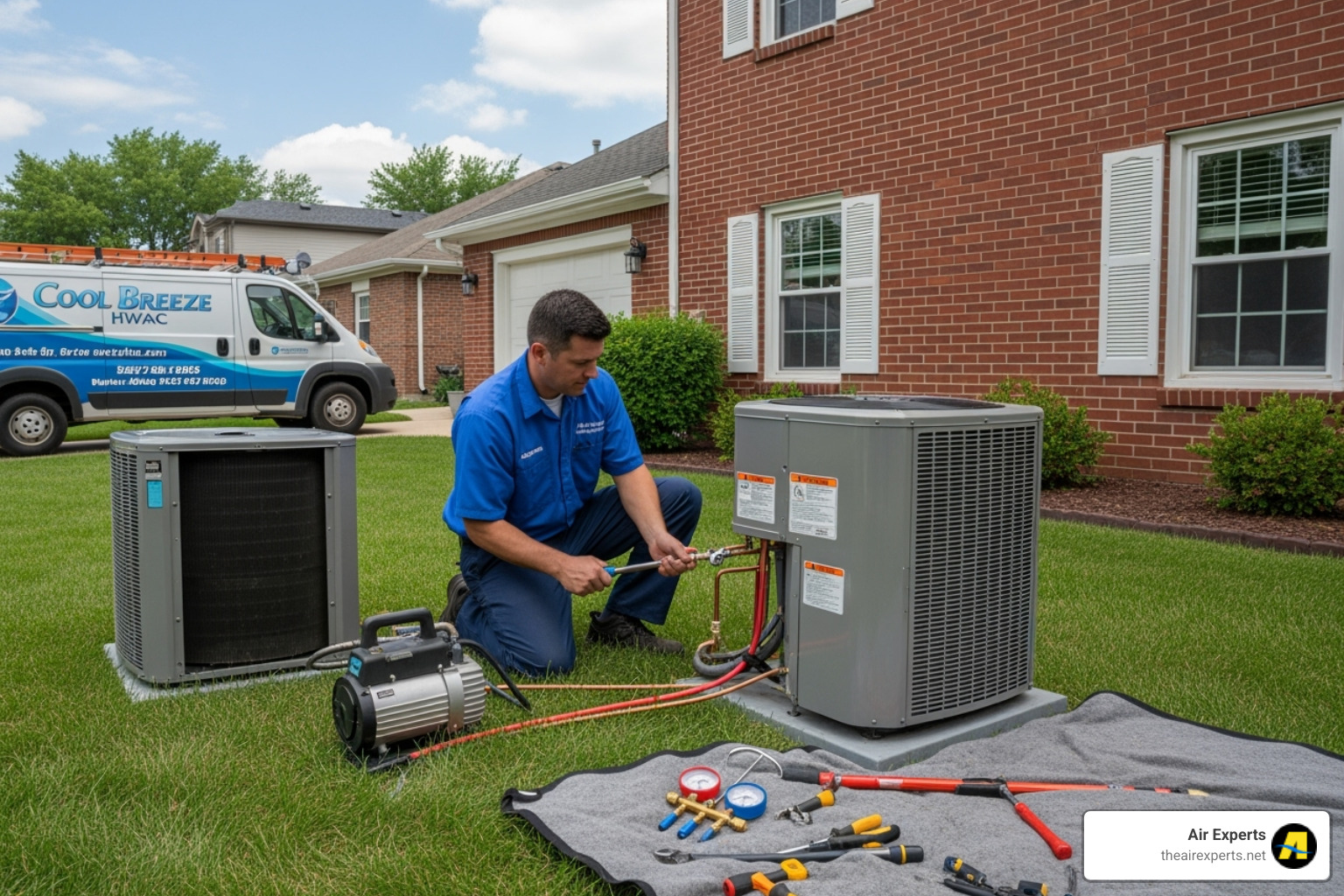

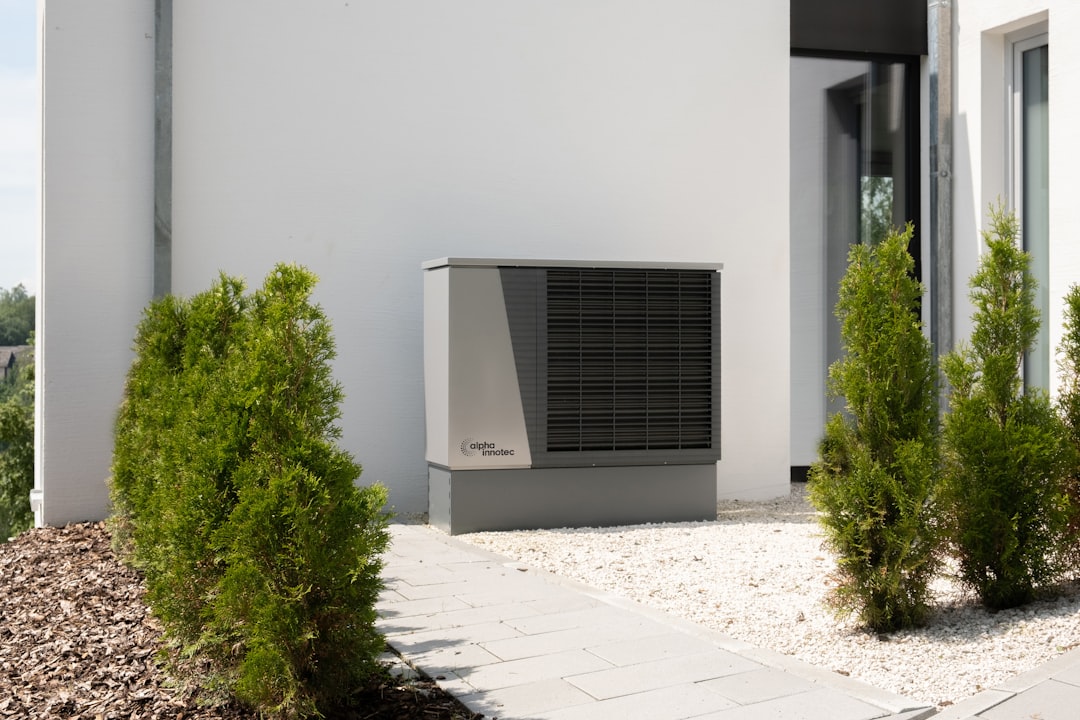


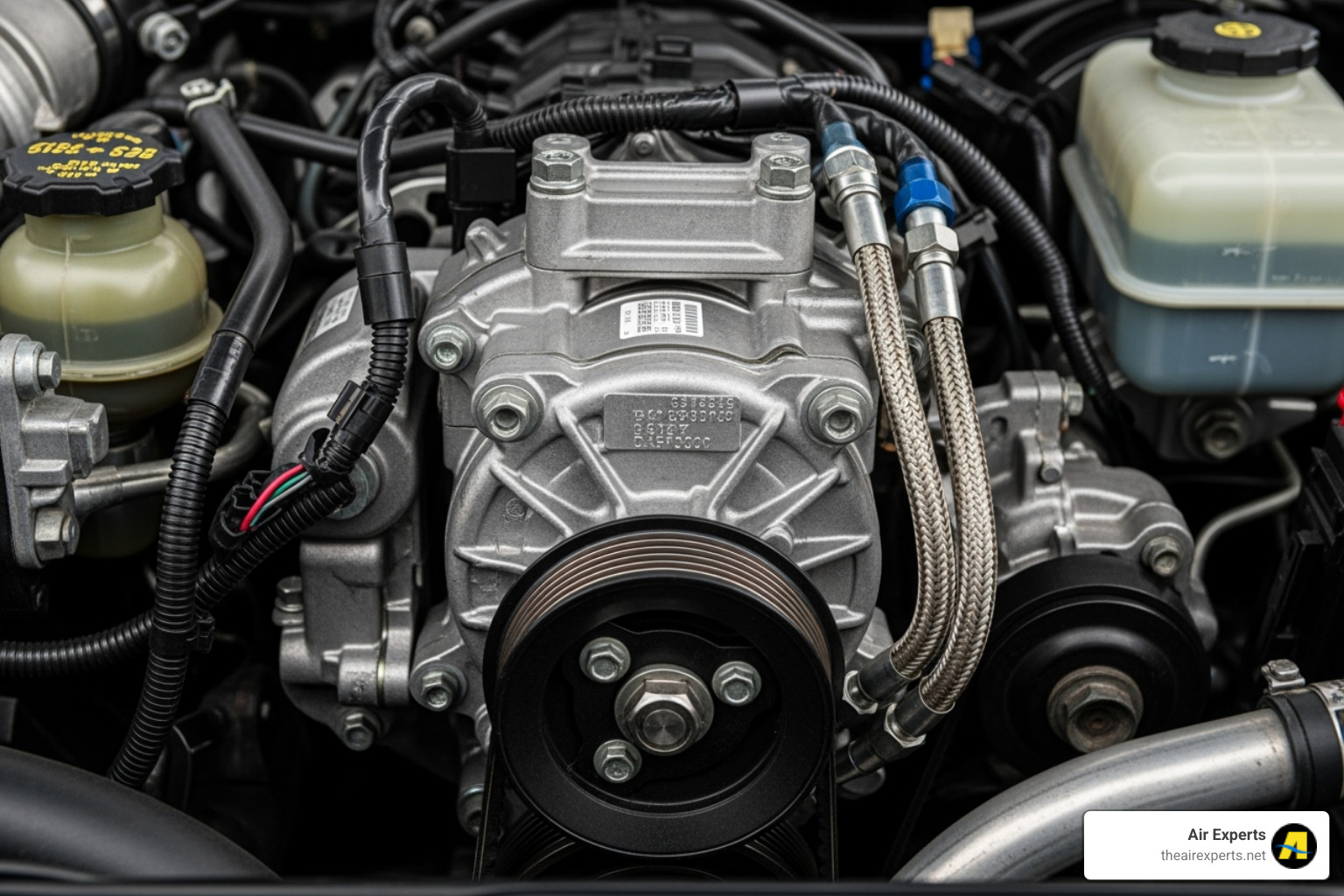
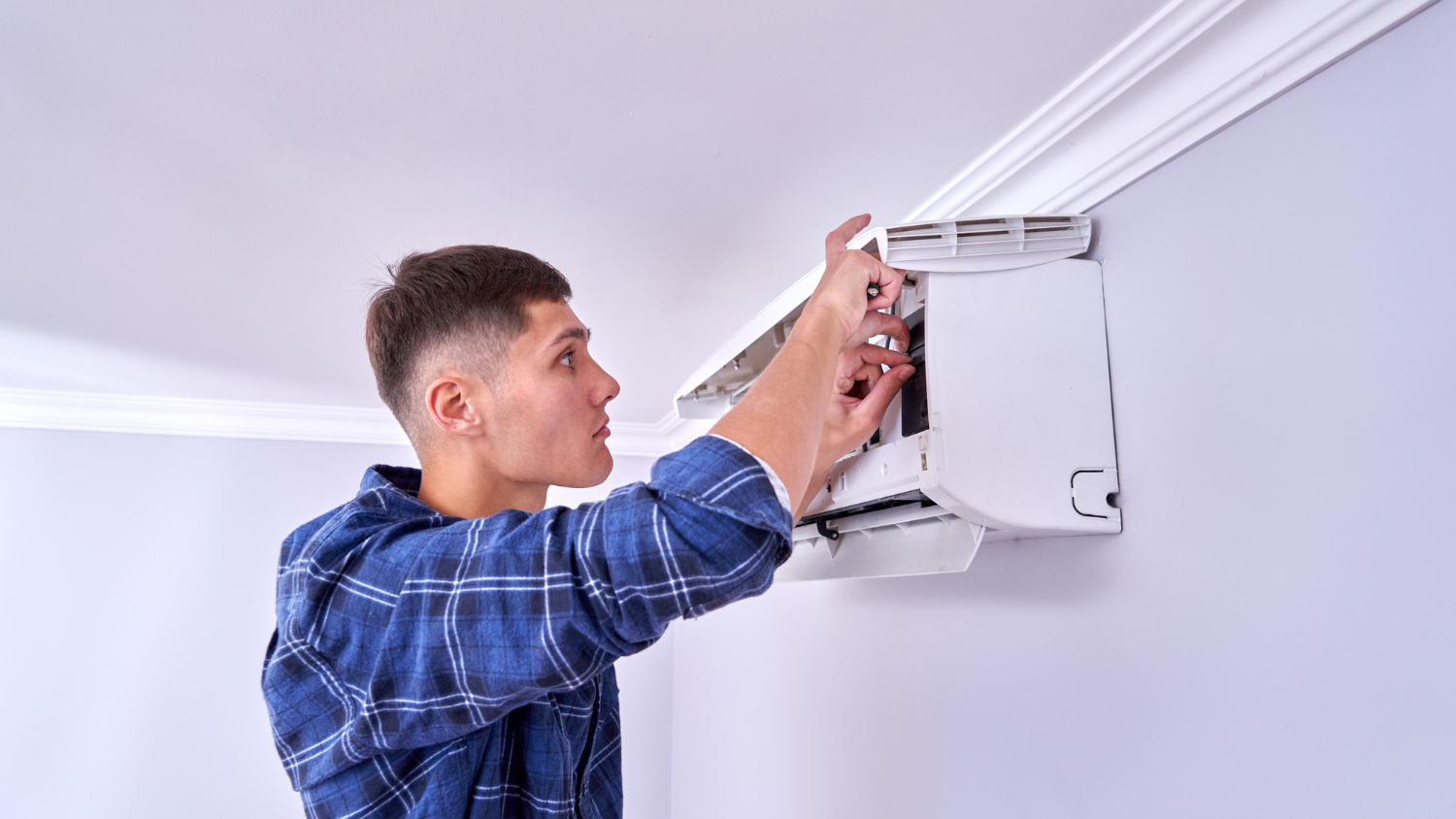
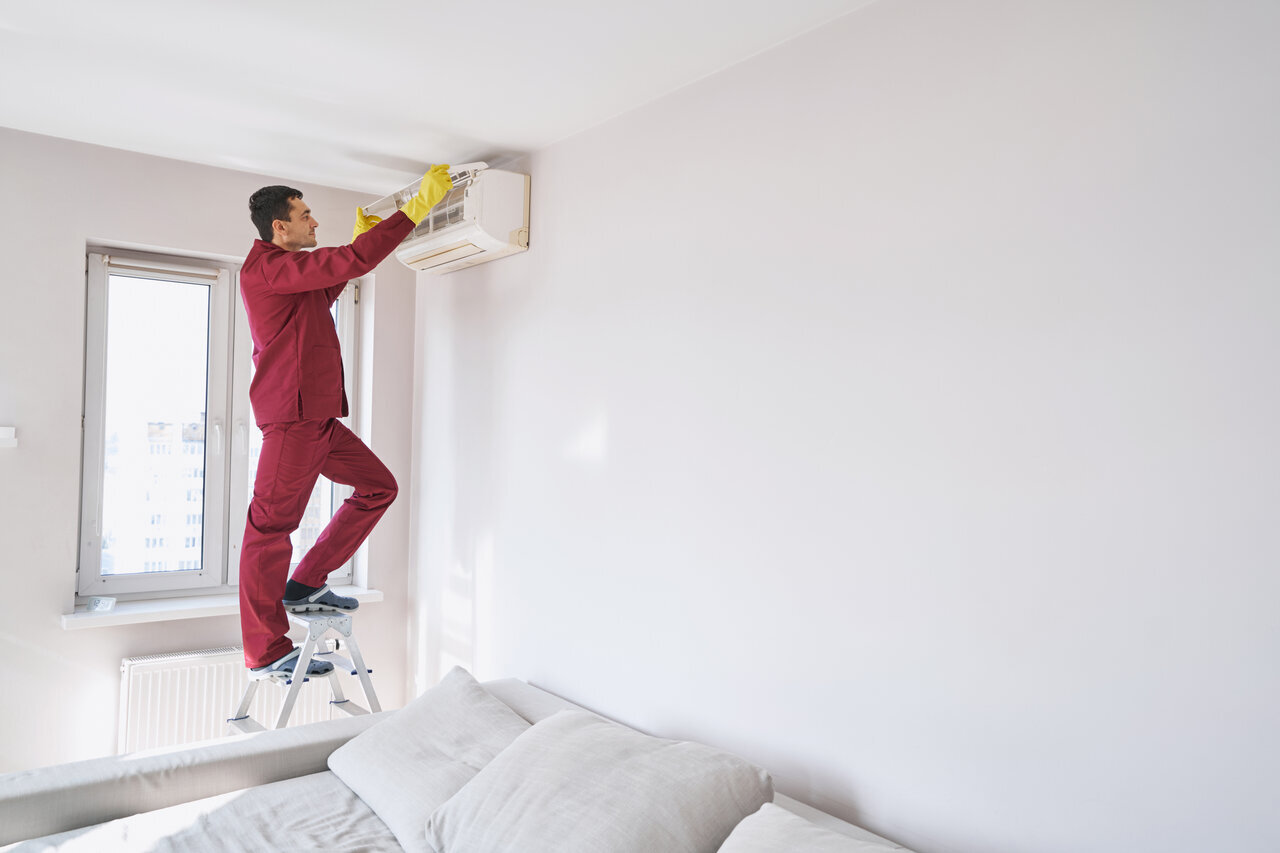
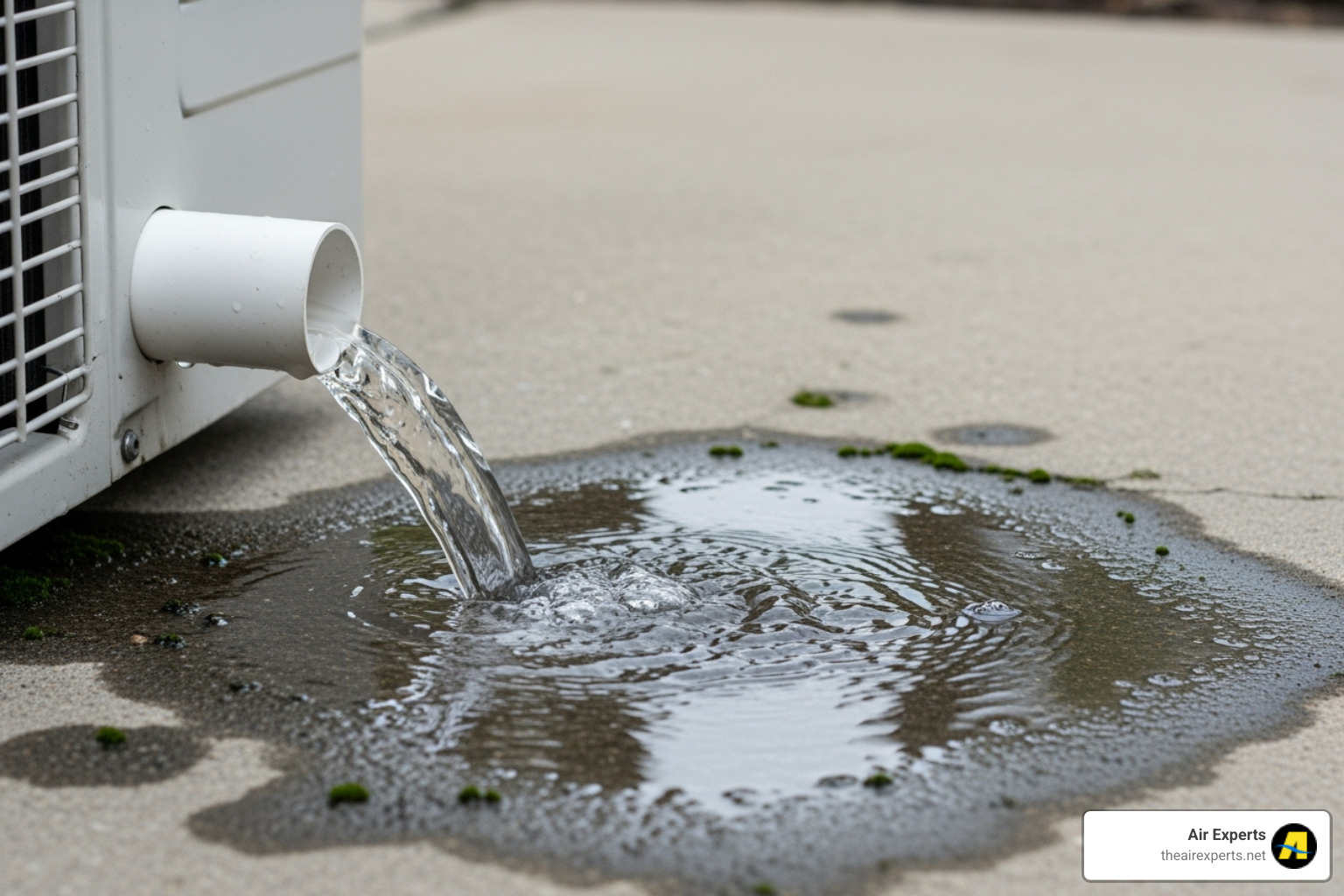
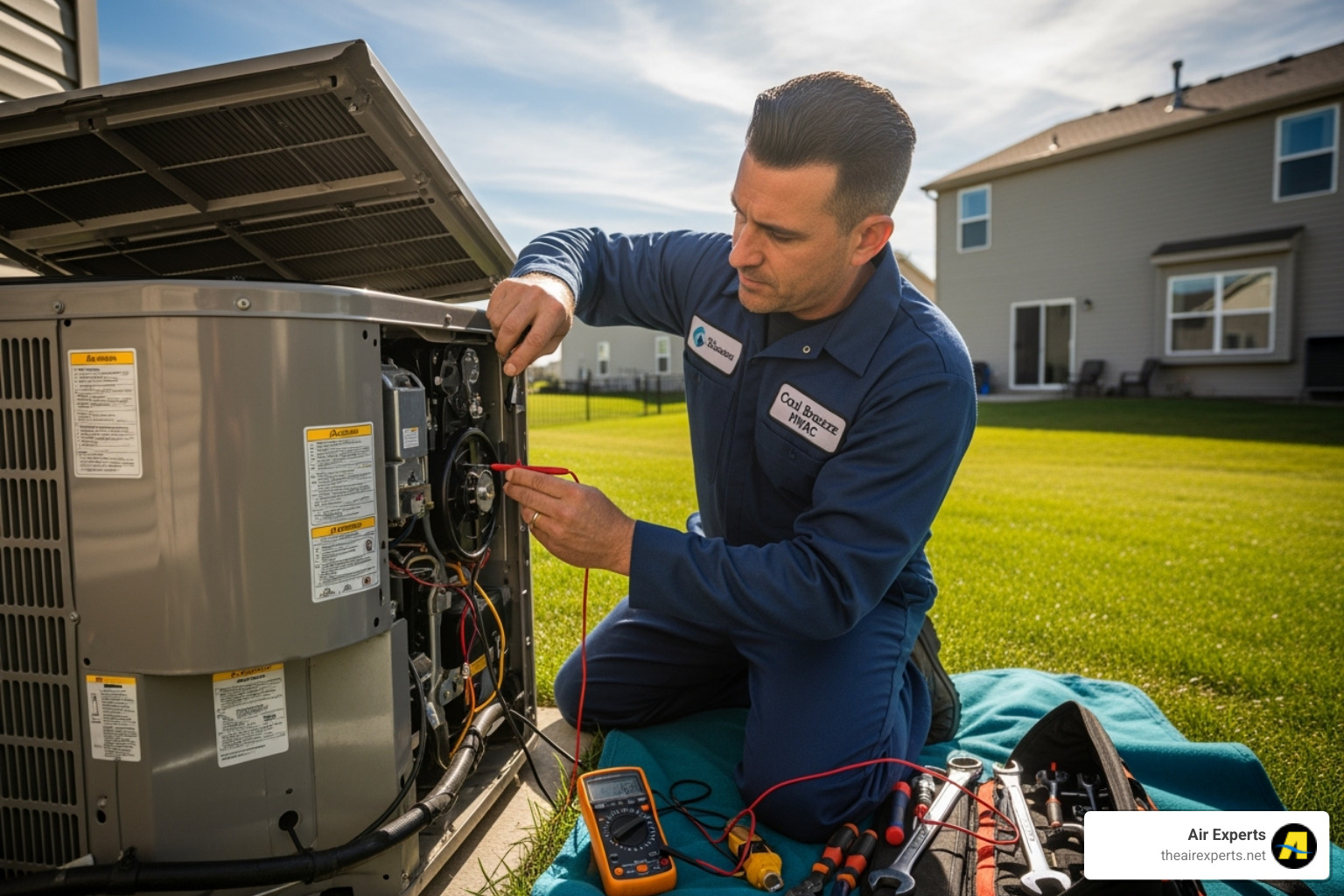
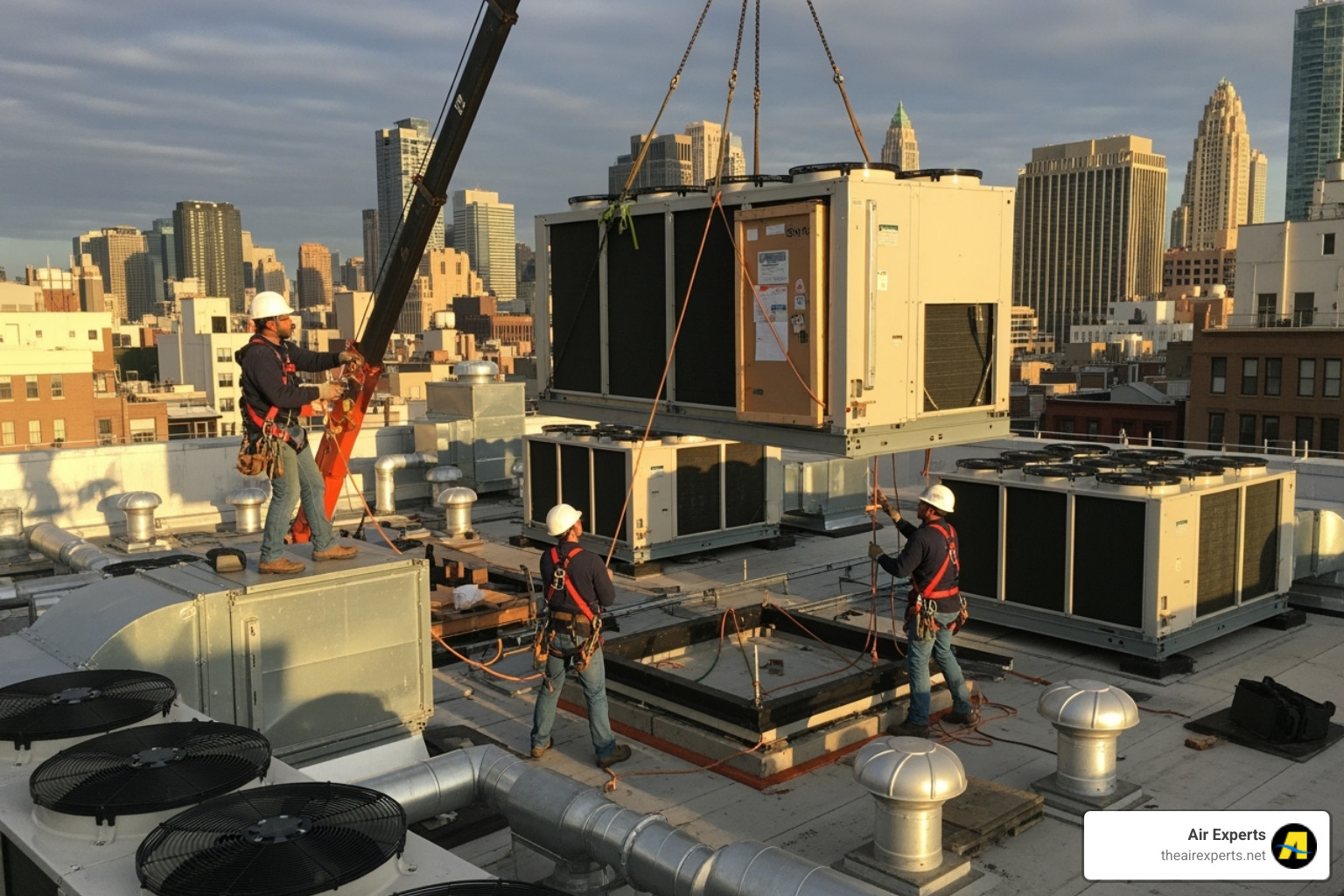
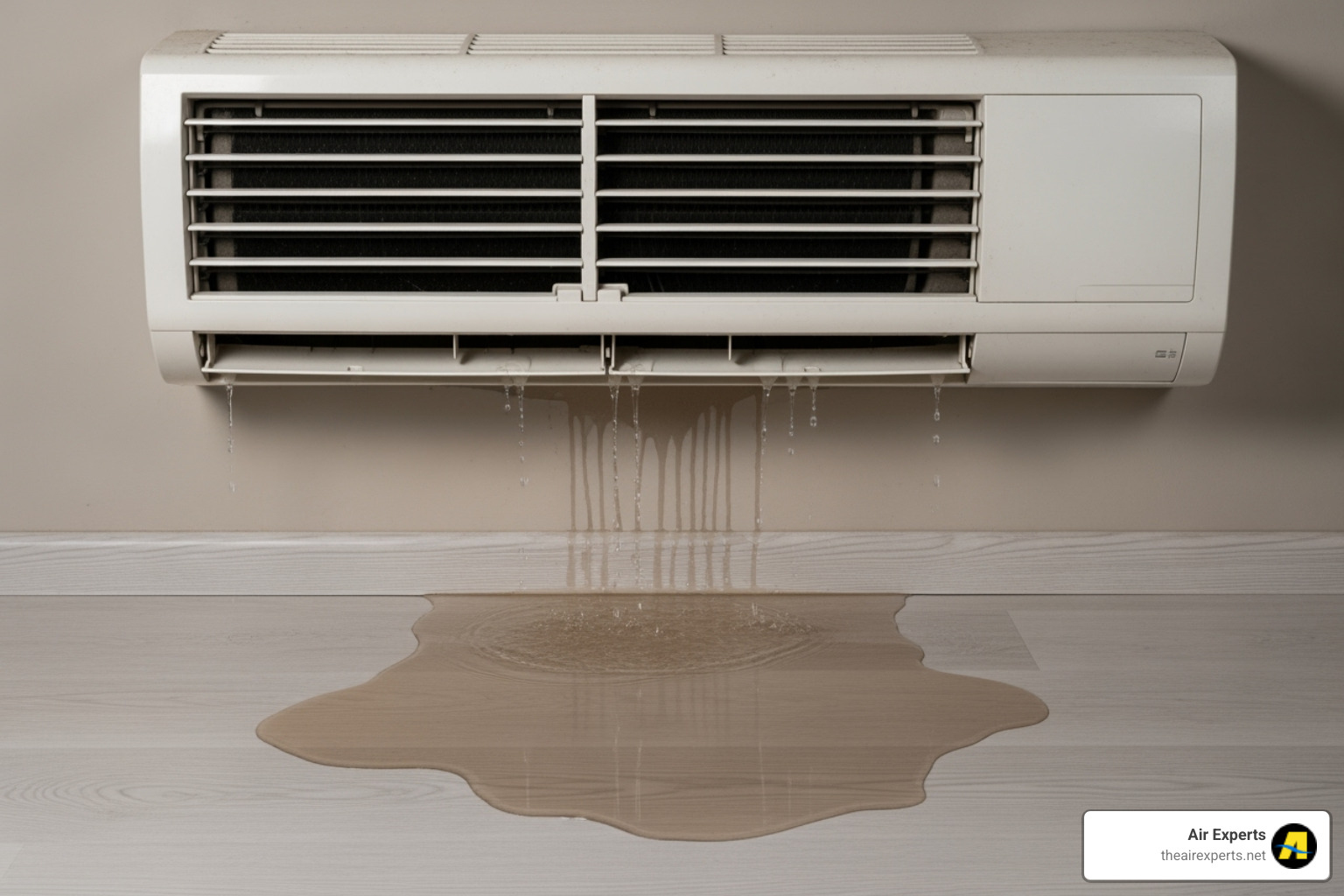
.svg)
.svg)




.svg)
.svg)
